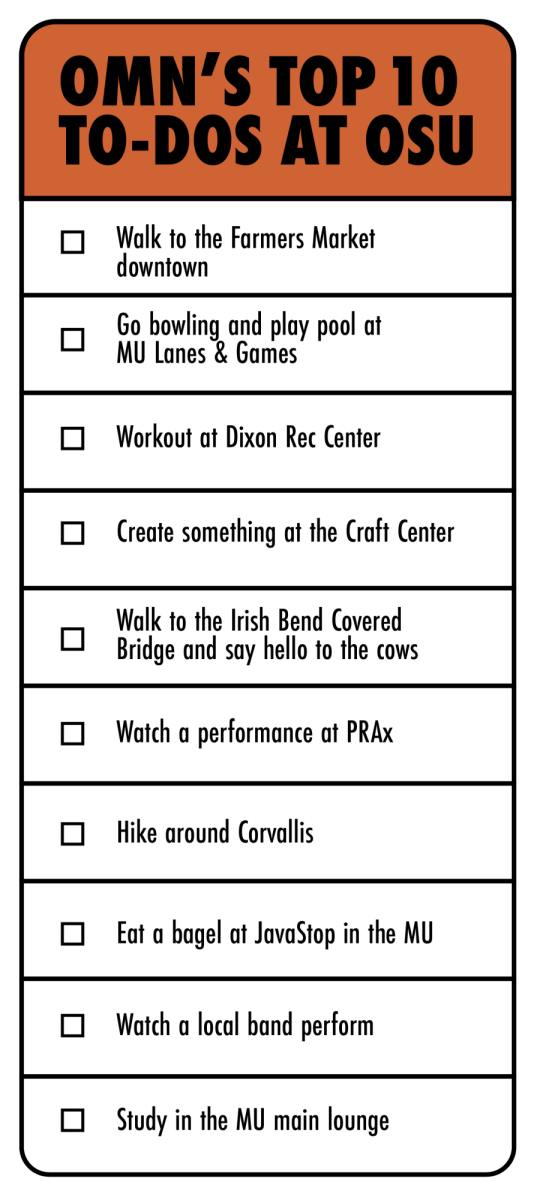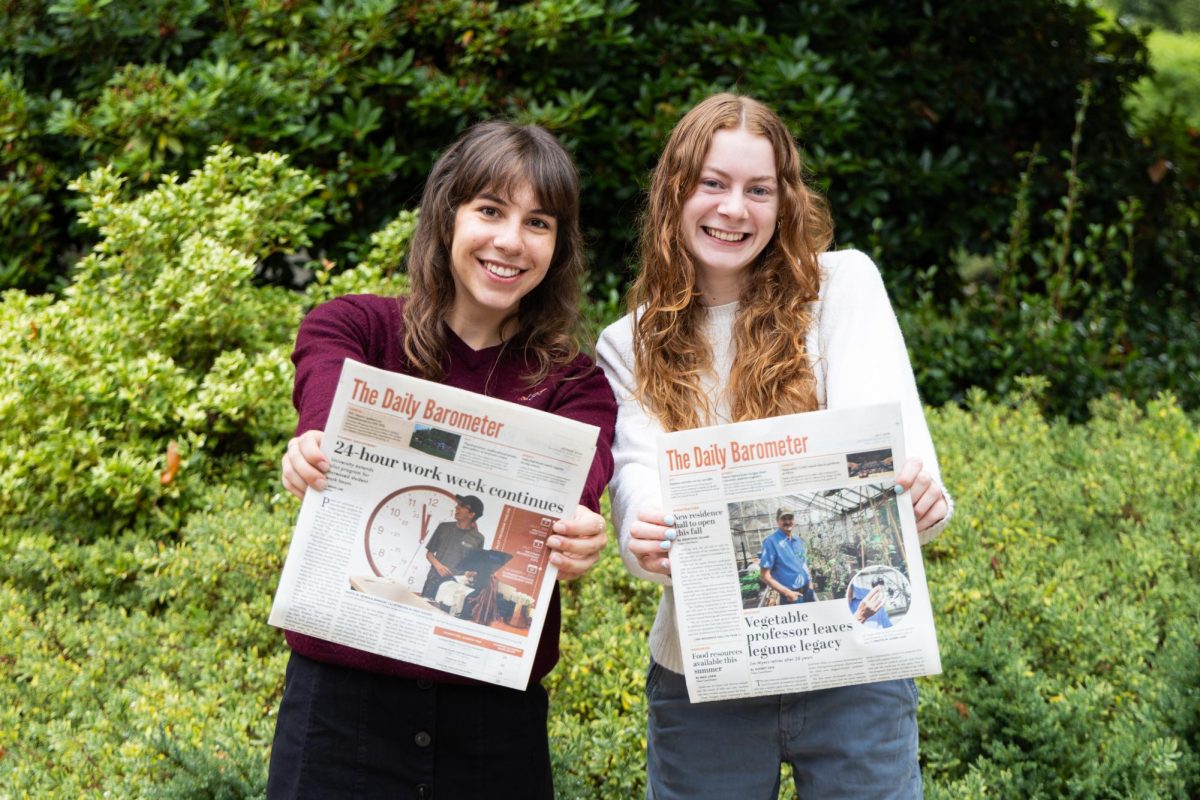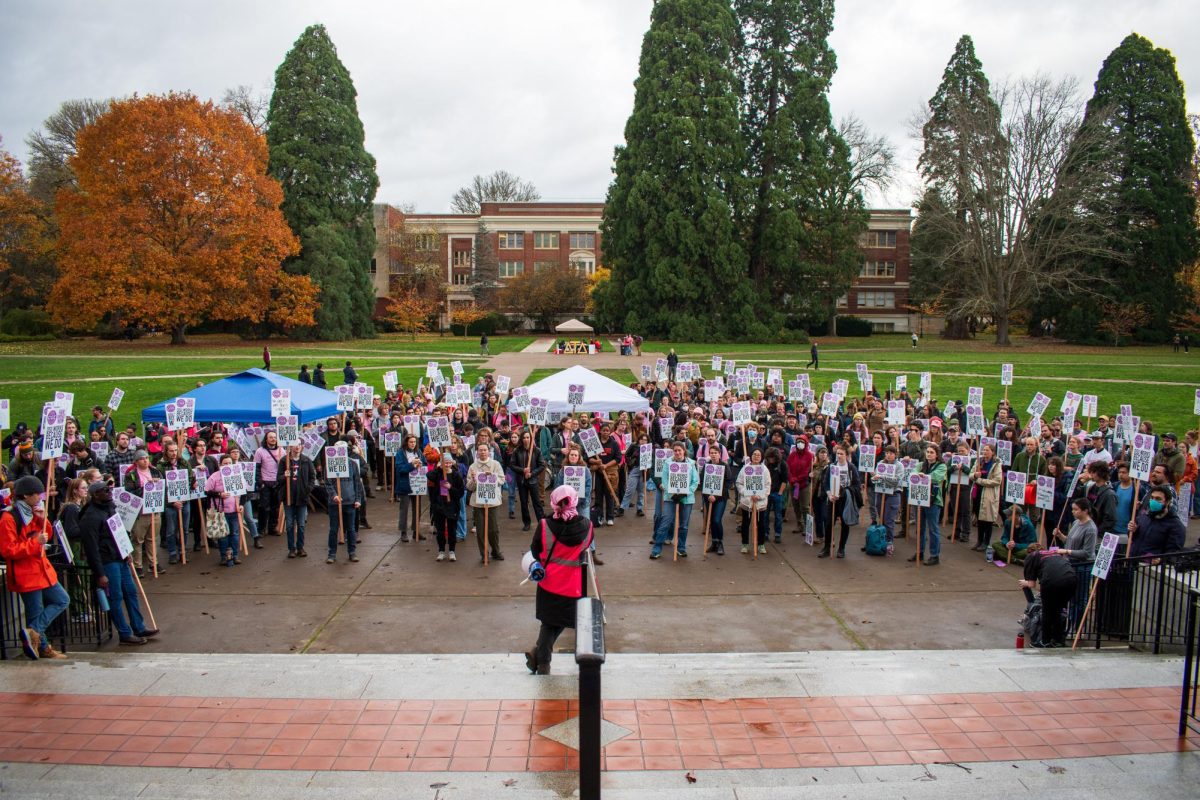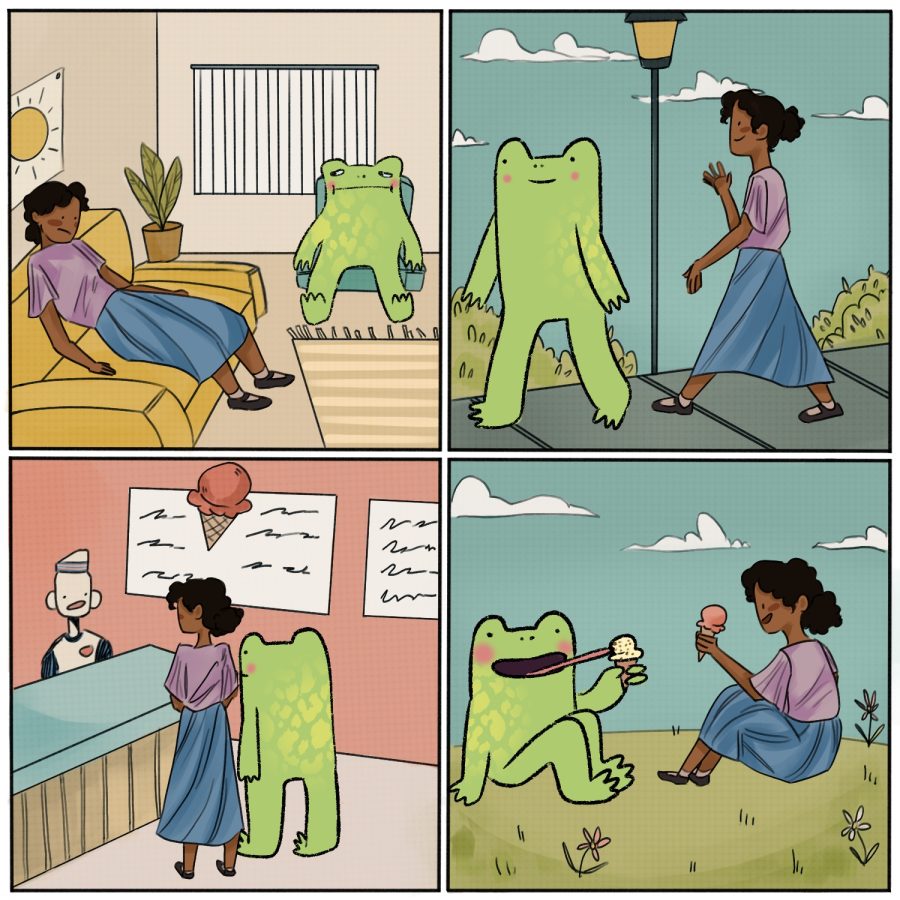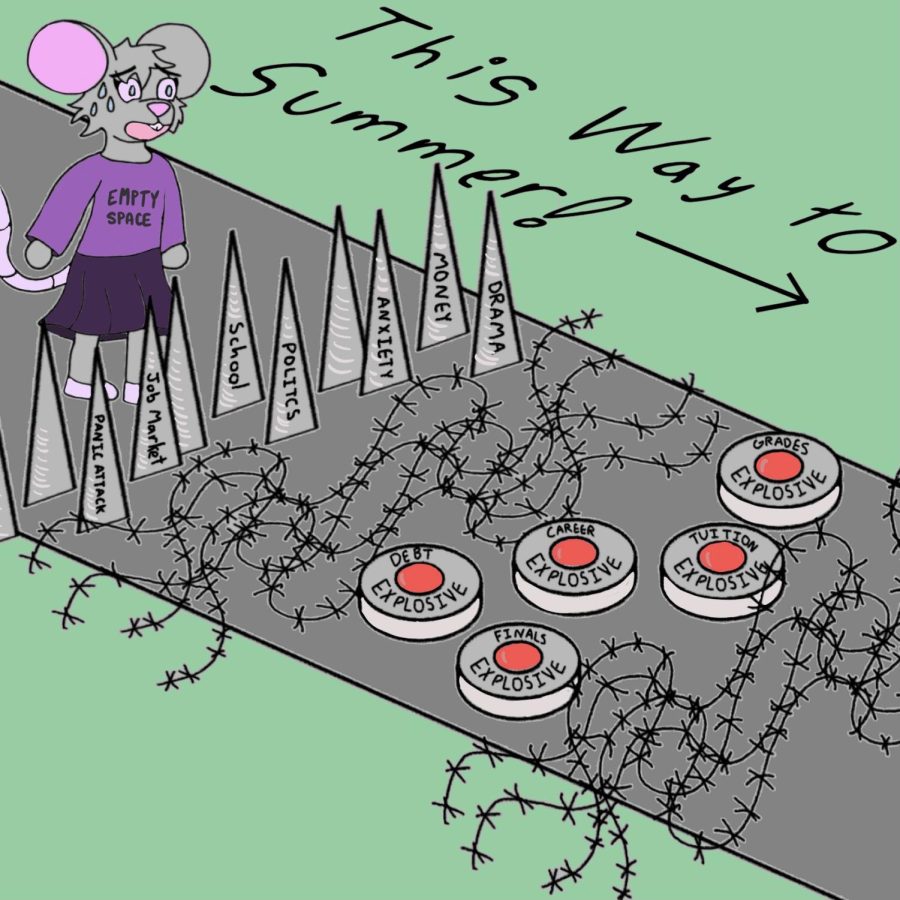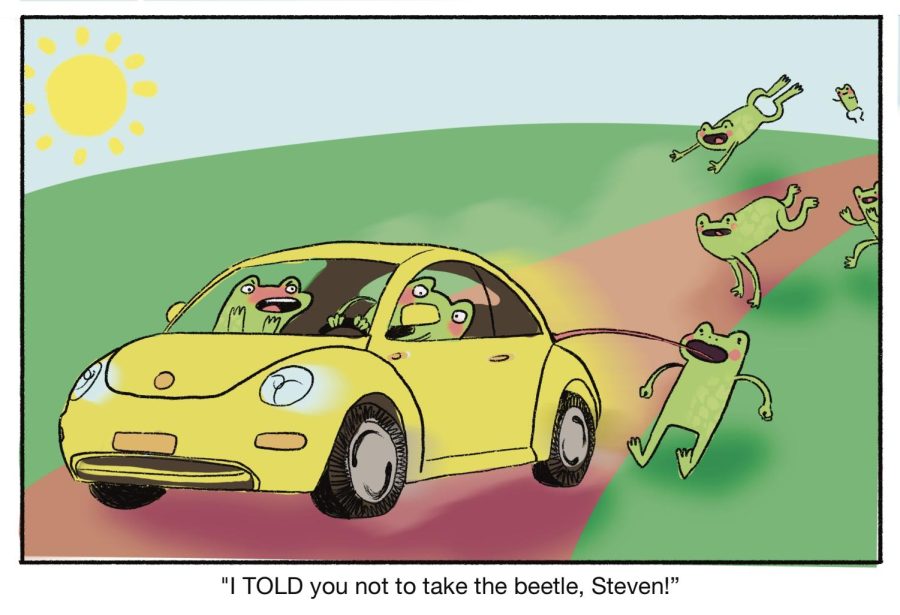Finding a spot
August 28, 2017
Oregon State University will soon kick back into full swing with the start of the upcoming fall term, a period which generally sees higher student enrollment than any other point in the academic year, according to data from OSU’s enrollment and demographics reports.
But with the influx of students and staff comes increased demand for on-campus parking permits and the renewal of old discussions and criticisms of OSU’s Transportation Services Department and its policies.
According to the Transportation Services website, permits higher in price—such as the $504 A-zoned permit—offer parking in nearly every lot. The most inexpensive $64 carpool-only C-zoned permit limits drivers to five lots which are located south and west of campus.
Marcelo Carocci, a second-year graduate student studying applied anthropology, has refrained from purchasing any type of parking pass despite his need to commute.
“I live off of student loans and the scholarships that I get from the graduate school,” Carocci said. “I can’t afford to spend $300, or whatever it is, to get a parking pass.”
The current OSU parking system was created in 2014 by a committee that represented students, staff and faculty members, said Meredith Williams, the director of Transportation Services. The previous parking system was competitive, consisting of lots and permits broken down into two sections: one for staff and faculty members and another for student and visitor parking.
“We worked together to come up with an alternative to the previous parking system, where demand was very congested in some areas and under utilized in others,” Williams said. “We came up with a system that was priced by demand.”
According to Williams, the committee to change the parking system was led by OSU Vice President for University Relations and Marketing Steve Clark.
Clark said the committee worked hard to help OSU commuters reduce their reliance on commuting via single-occupancy vehicles. To achieve this goal, the committee expanded Beaver Bus routes and other alternative modes of transportation, such as bikeshare programs, bike rentals and carpool-matching services.
“We think these services will mean that many students may choose to not need bring a car to school, and instead save on that expenditure, and still get around conveniently and safely when they need to,” Clark said via email.
Clark said that the 2014 change was also meant to address the concerns of some permit holders who said they struggled to conveniently and regularly find preferable parking spaces.
“We recognized the need to create a more reliable and convenient parking system with flexible pricing that students and employees could choose from,” Clark said via email. “We hoped to grow the number of students and employees who commute by car to campus and, also very importantly, encourage them to not park in nearby Corvallis neighborhoods.”
Carocci, however, chooses to park in the city before walking roughly 10 to 12 blocks in order to reach campus.
“I got three tickets (from the City of Corvallis) this last school year,” Carocci said. “I parked in the two-hour zones and ran into situations, like a test for instance, where I figured, ‘Okay, I can get this done in two hours,’ and it went too long, and I ended up getting a ticket.”
For those who do purchase permits, selection can be restricted by how much a person is able to pay. This choice between cost and convenience limits the effectiveness of the zone system, said Simon Brundage, president of the Associated Students of Oregon State University.
“We should have a more concise, straightforward system which provides more parking options to students, yet also retains a cost-effective nature,” Brundage said.
Williams explained pricing for 2017-2018 permits range from $504 to $64, with discounts for minimum three-people carpool permits. The prices also reduce each month by roughly 12%, according to the parking permits webpage of the Transportation Services website.
“The annual permit prices were held constant this year, but they usually go up a little bit each year. They should change every year just to cover inflation. They tend to go up a little bit each year,” Williams said.
But after the dilemma of cost versus need is settled and a permit is chosen, another problem can arise—some students find themselves struggling to locate an open parking spot in their allocated zones, Brundage said.
“Ranging from ‘A1’ to ‘R1,’ there is an incredible range of prices, often correlated with convenience. This is especially relevant given the fact that there may be numerous lot openings in the ‘A’ lot, but there may be none open in the ‘R1’ lot,” Brundage said in an email. “With the obvious exception of game days, it is quite rare that there are simply no parking spots available.”
Jillian St. Jacques, a senior instructor in the School of Writing, Literature and Film, said he believes limited student parking during events like Beaver football games is a sign that the university needs to re-prioritize how it addresses parking.
“If it were up to me, I would provide at least one more parking structure and restore the parking rates back to reasonable levels,” St. Jacques said in an email. “Like the constantly skyrocketing costs of tuition, I am skeptical of the seeming inevitability of regularly escalating parking fees.”
St. Jacques holds a B2 parking permit and said that a parking system cannot adequately address the unique needs of some permit holders if it is solely based on an individual’s purchasing power.
“Students who have access to unlimited parental funds can nab ‘premium’ parking spaces in direct proximity to central facilities, while faculty of lesser means park in the hinterlands,” St. Jacques said in an email. “For those like me, who teach more than four classes per term and often run on critical timetables or have heavy stacks of materials to lug, being able to park closer to facilities makes a difference.”
Williams noted, about 7,500 permits are sold while OSU has only 7,000 parking spaces.
“76 percent is the usage rate, so the parking lots are not full,” Williams said.
OSU conducts a usage study each year to determine the amount of parking spaces used. First, all the OSU parking spots are counted and sorted over two days based on type and location. Then the occupied parking spots are counted, with the data from both counts used in an analytical report to the city of Corvallis, according to Williams.
“Our goal with the zonal parking system is that at least 95 percent of the time you should be able to find a parking spot in the zone you have a permit for,” Williams said.
As for the other five percent of the time, Williams said the department does not receive many complaints from drivers unable to find a space.
“A lot of the zones have the option of parking down, for example, A permit holders can park in B, C, or D zones,” Williams said.
In the event a driver ends up parking in the wrong zone or parking without a permit, they are issued a fine. The fine rates are set to deter illegal parking, according to Williams. Fines range in cost from $25 to $400, and most raise in price if they are not paid within ten days, according to the citations and appeals webpage of the Transportation Services website.
“Citation fees have not changed in over four years. When the fees do change, they are set by a mixture of looking at peer institutions and rates, as well as looking at the costs we need to cover for the citation program,” Williams said.
There is an appeals process for those with fines for illegal parking. Appeals must be filed within ten days alongside payment of the fine. Appeals are written statements on the online or in-person appeal applications. These appeals are then reviewed in a monthly hearing, with results announced via letter a week after the hearing, according to the citations and appeals webpage of the Transportation Services website. According to Williams, Transportation Services does not have a quota for accepted appeals.
“This last year, 38 percent were granted, meaning the fine was reduced or refunded,” Williams said.
St. Jacques shares a parking permit with his wife, who is also an instructor at OSU. On occasions when their permit gets misplaced and one of their vehicles is ticketed, St. Jacques has utilized the appeals process. Despite his misgivings about the parking policies, he greatly appreciated the work of the Transportation Services staff.
“They always behave professionally, and they are—remarkably in some circumstances—courteous,” St. Jacques said in an email. “(Transportation Services) has been quite lenient about letting me off the hook for fines when I plead my case with sufficient fervor. All in all, I would give Transportation and Parking an A+ for customer service, despite the fact that parking at OSU remains a tangle of leviathan proportions.”
Carocci said that he was skeptical of the necessity of such high fees and fines to operate Transportation Services, believing that parking-related costs should be lower given the revenue the university earns on tuition and athletics.
“It’s not readily available where we can see the expenses and the income that this school makes,” Carrocci said
OSU’s annual operating budgets and annual finance reports can be found on the university’s website; however, neither reports contain detailed information on Transportation Services’ revenue or operating cost.
“With the administrative braintrust at our disposal, I am sure we can find ways to factor need and seniority into the equation, so students, faculty and staff can have the parking spaces that best meet their needs, as opposed to the limits of their pocketbooks,” St. Jacques said in an email.
Parking policy has the potential to affect a broad spectrum of people, and Clark acknowledged that it can be difficult to please everyone all the time.
“As I said, we engage in constant efforts to grow, improve and diversify our services,” Clark said in an email. “I would encourage those that have specific concerns, complaints or suggestions to share them. We cannot fix what we don’t know about.”
According to Williams, Transportation Services publishes a transportation guide that provides information on carpooling, cycling, transit and other ways of getting around OSU.
“We are happy to help students and employees who have questions. We’re here to support all modes of transportation,” Williams said.

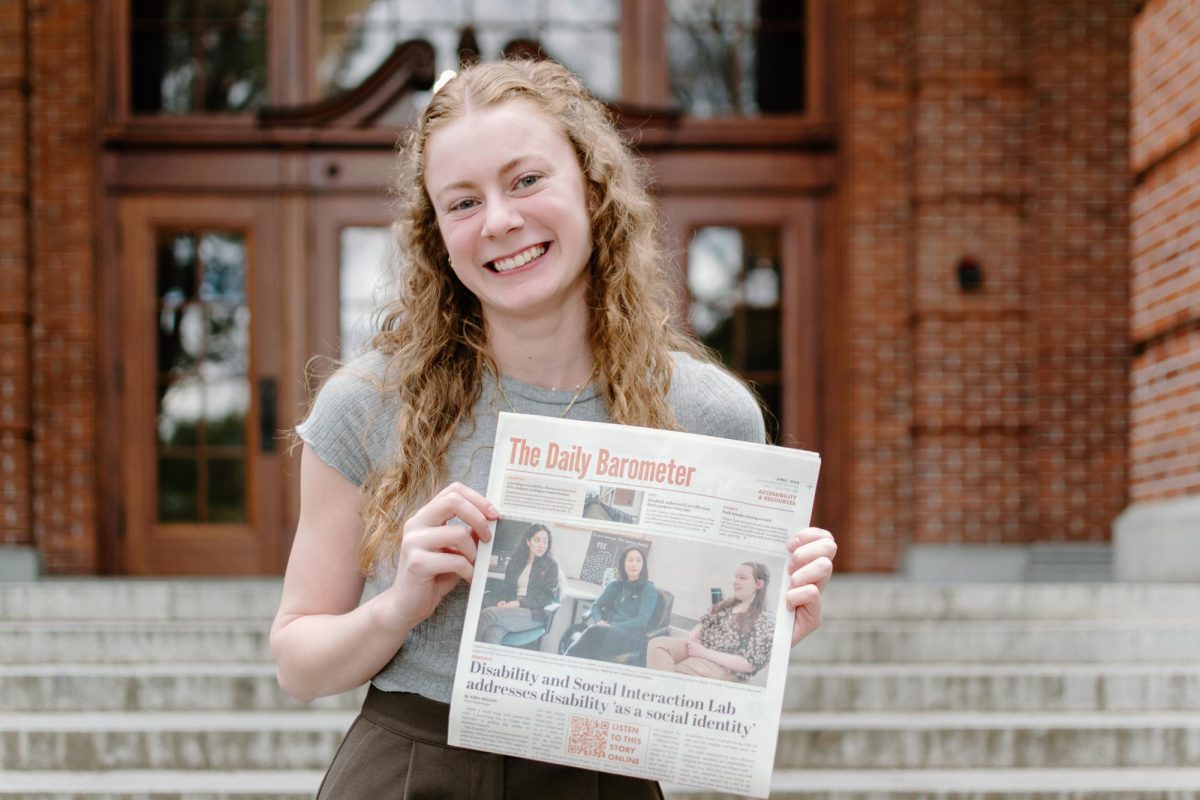
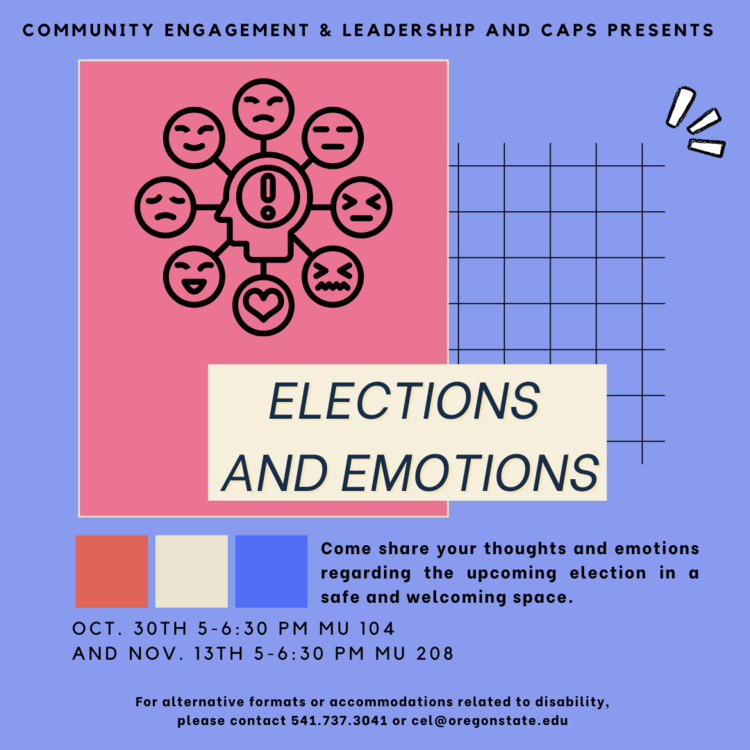
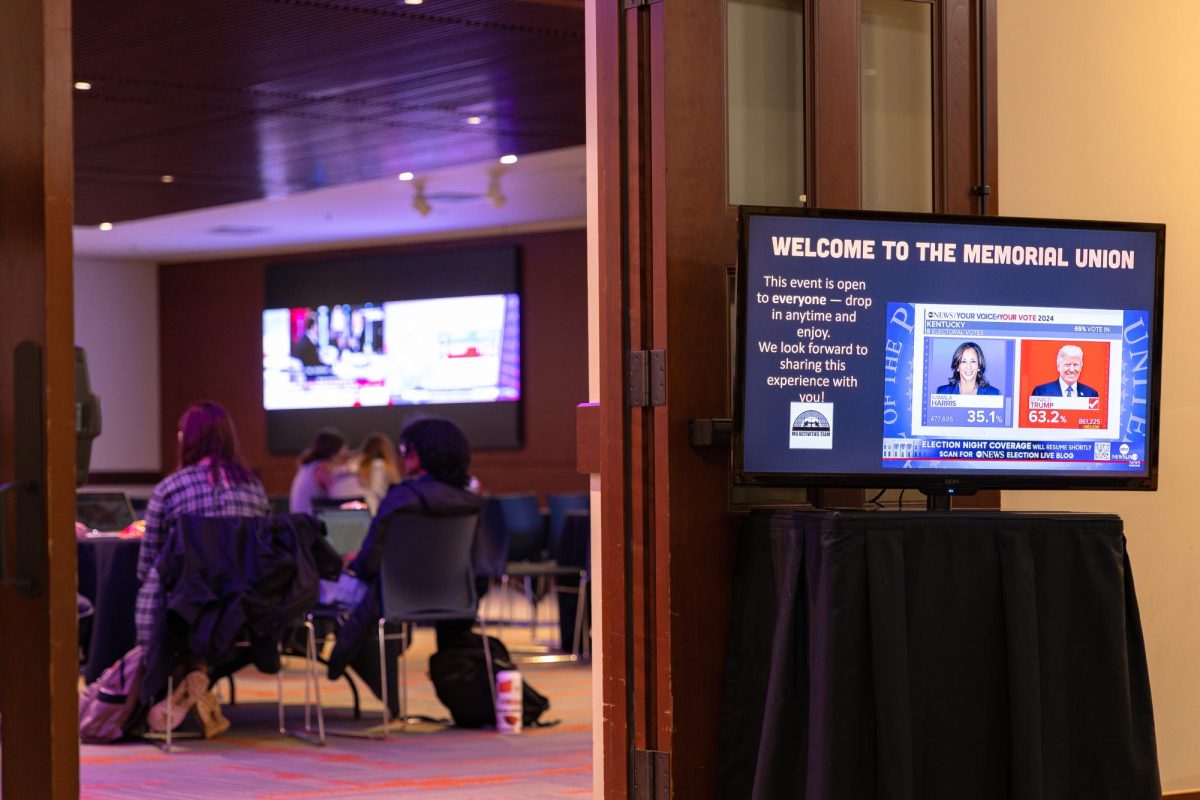



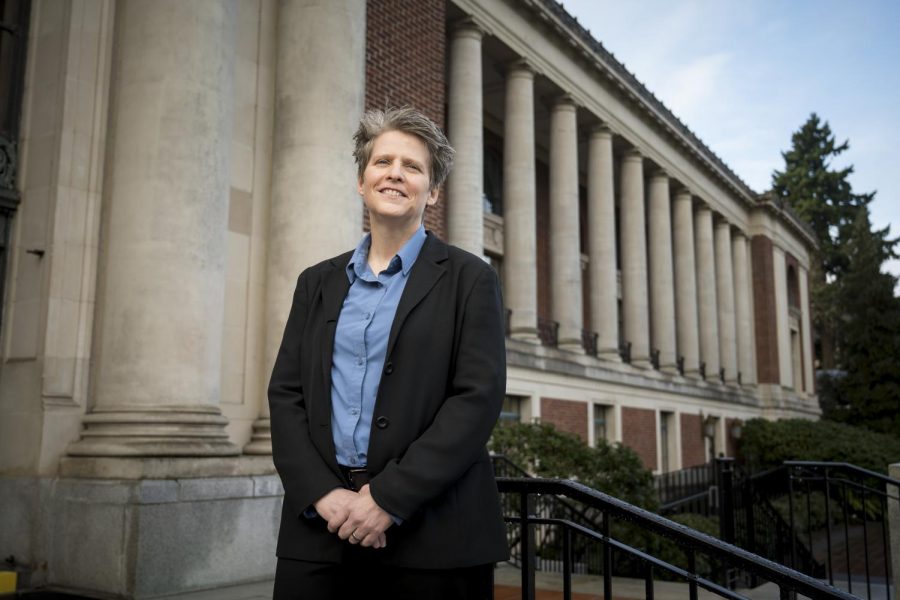
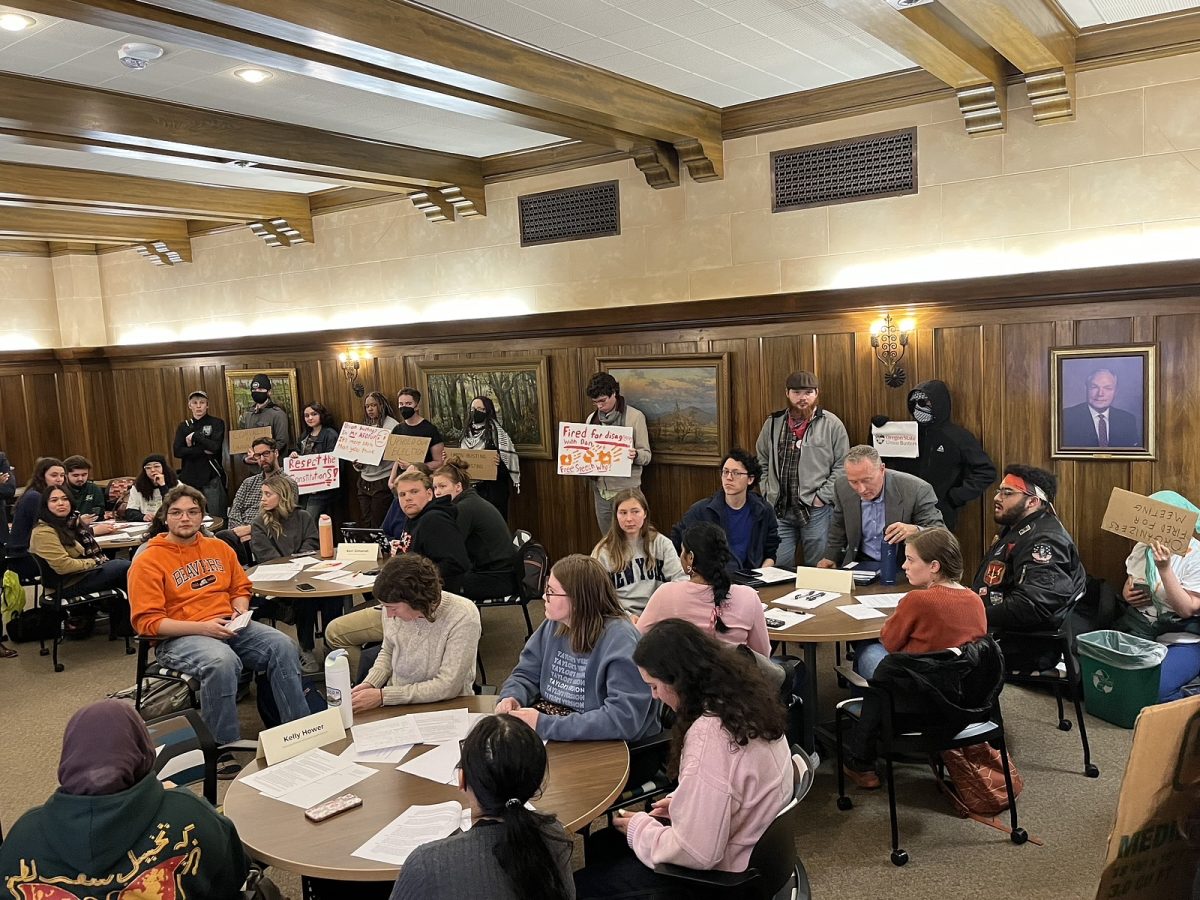
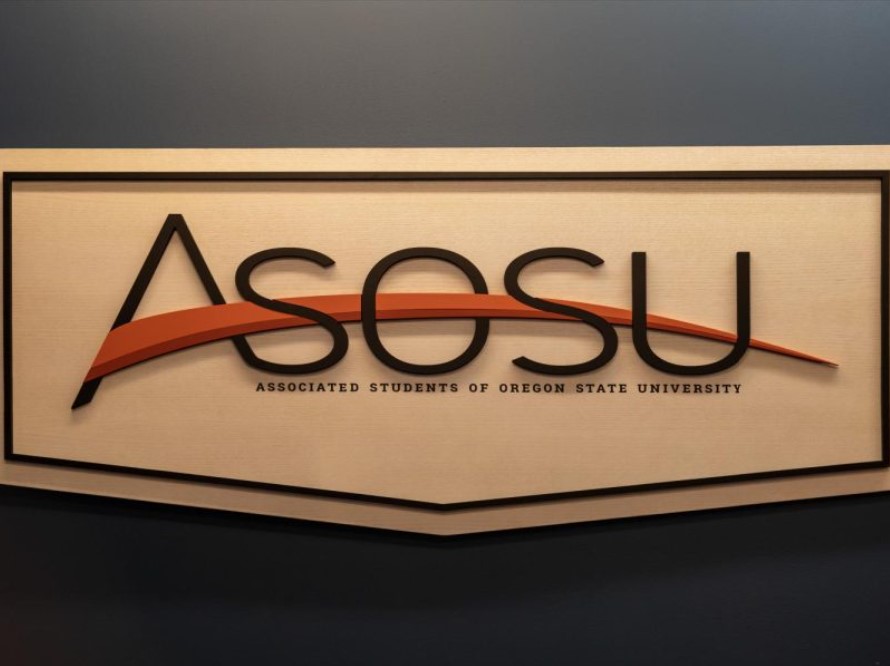
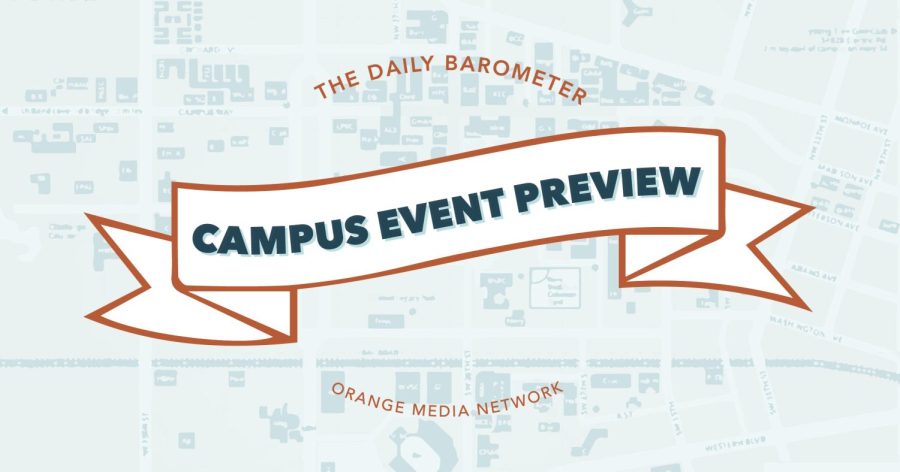
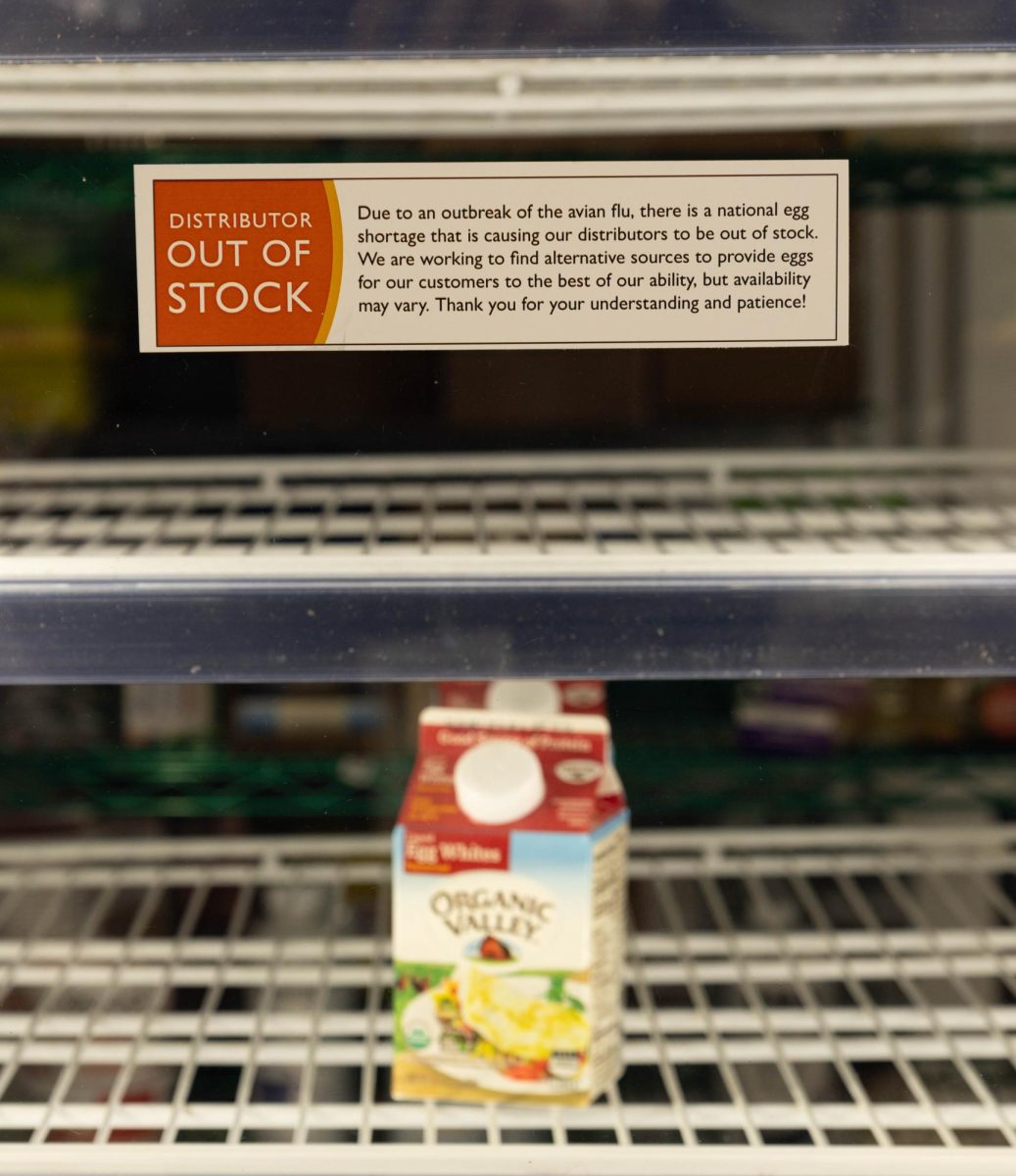

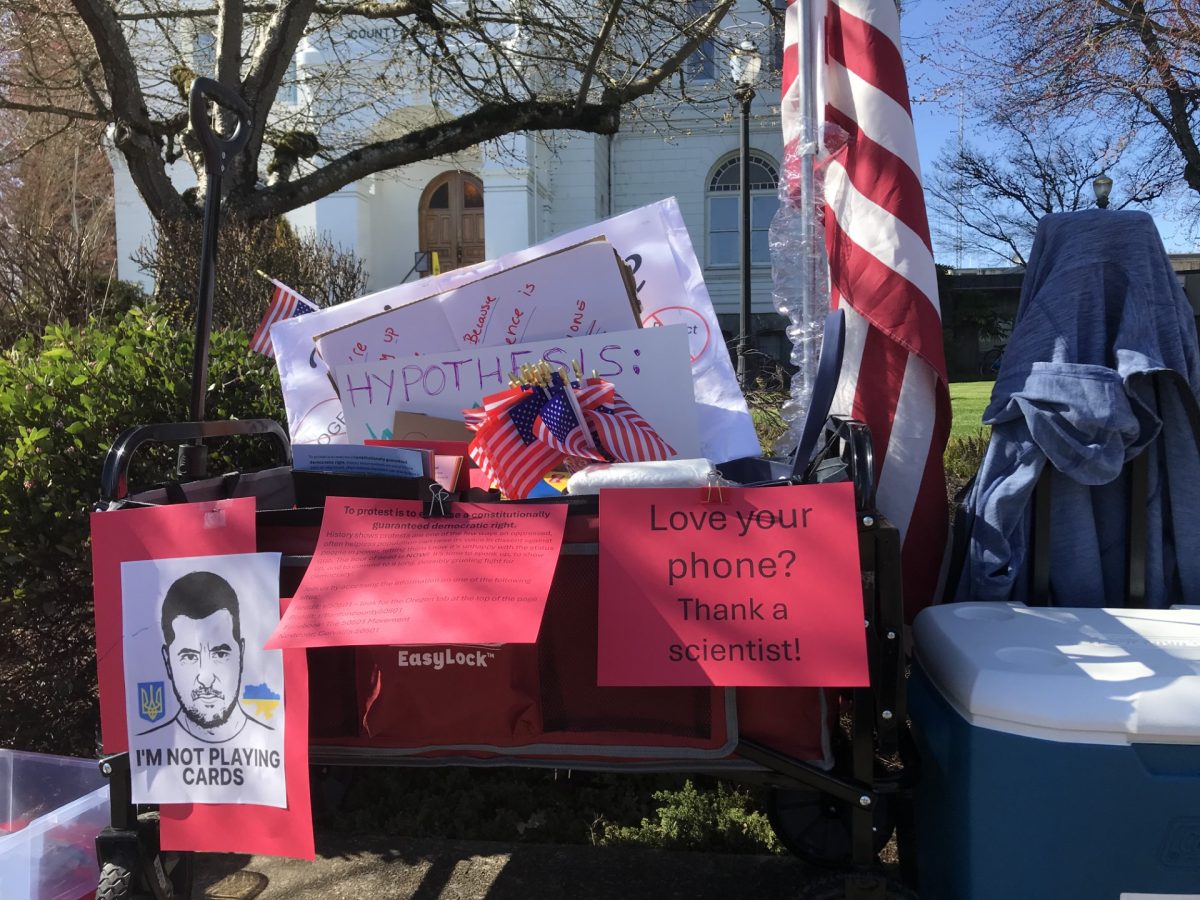

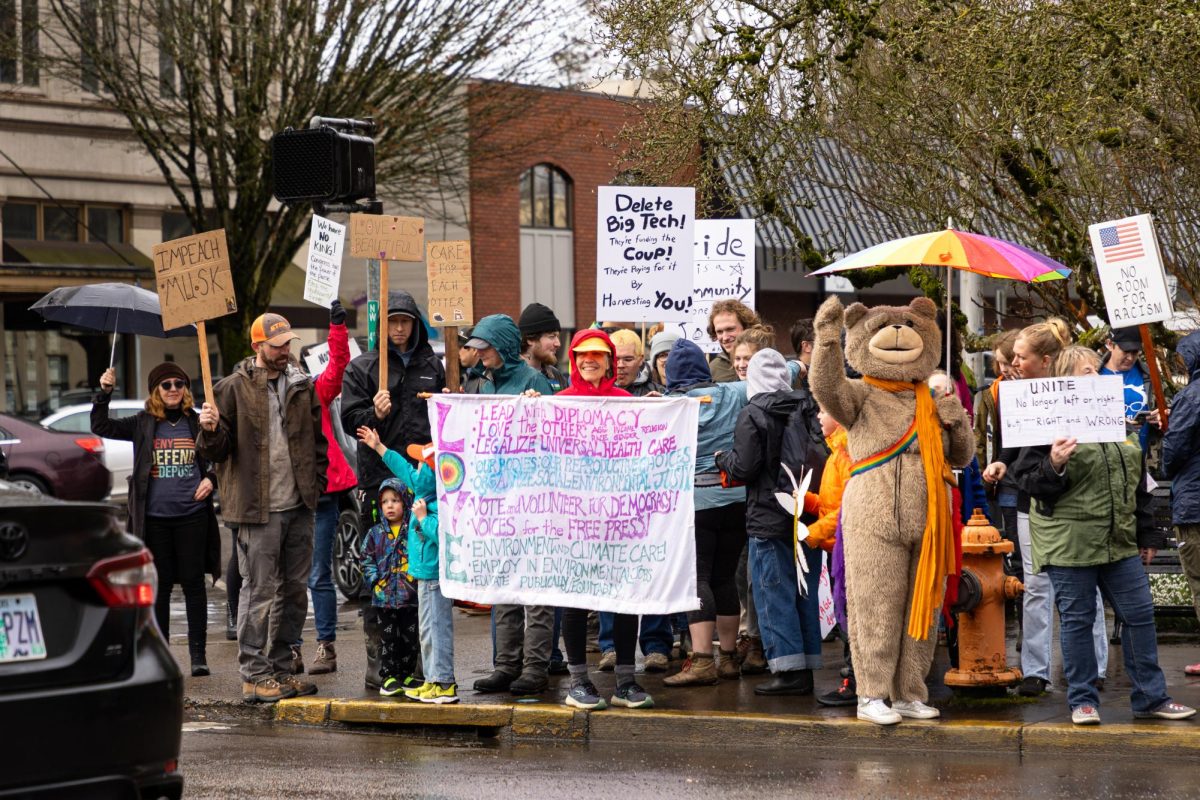






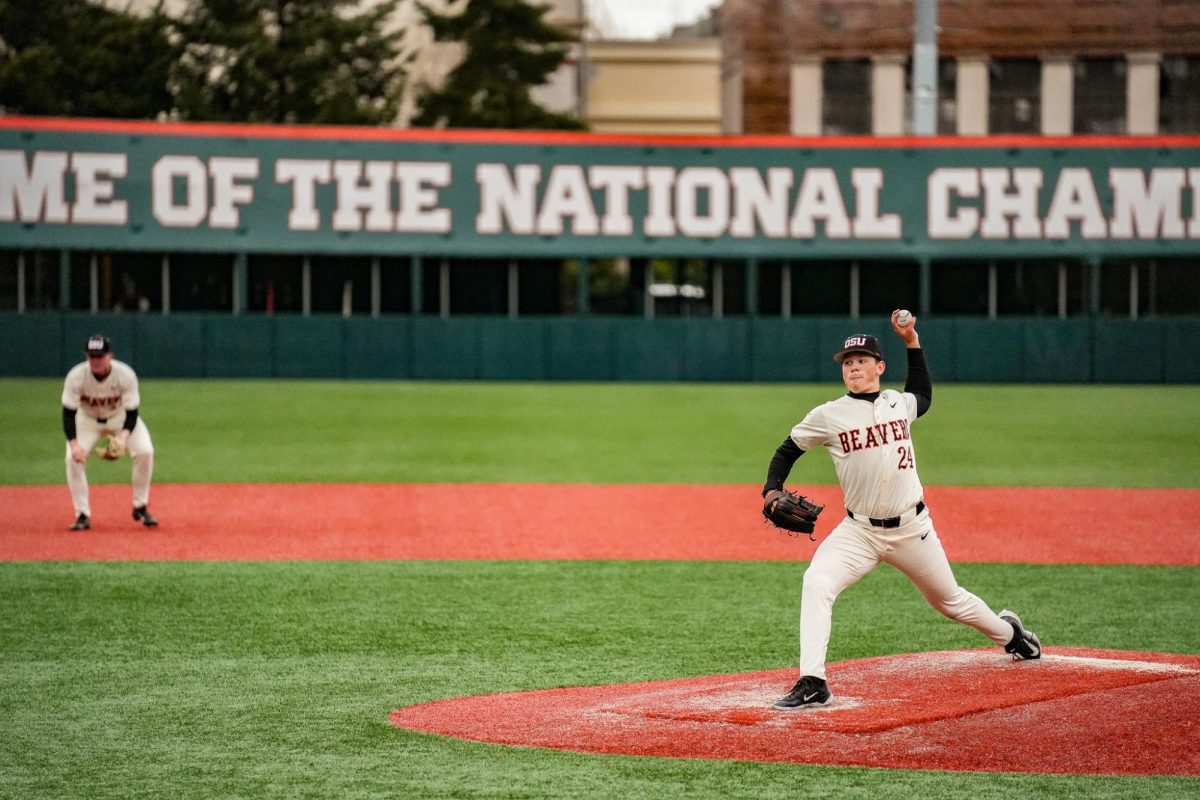





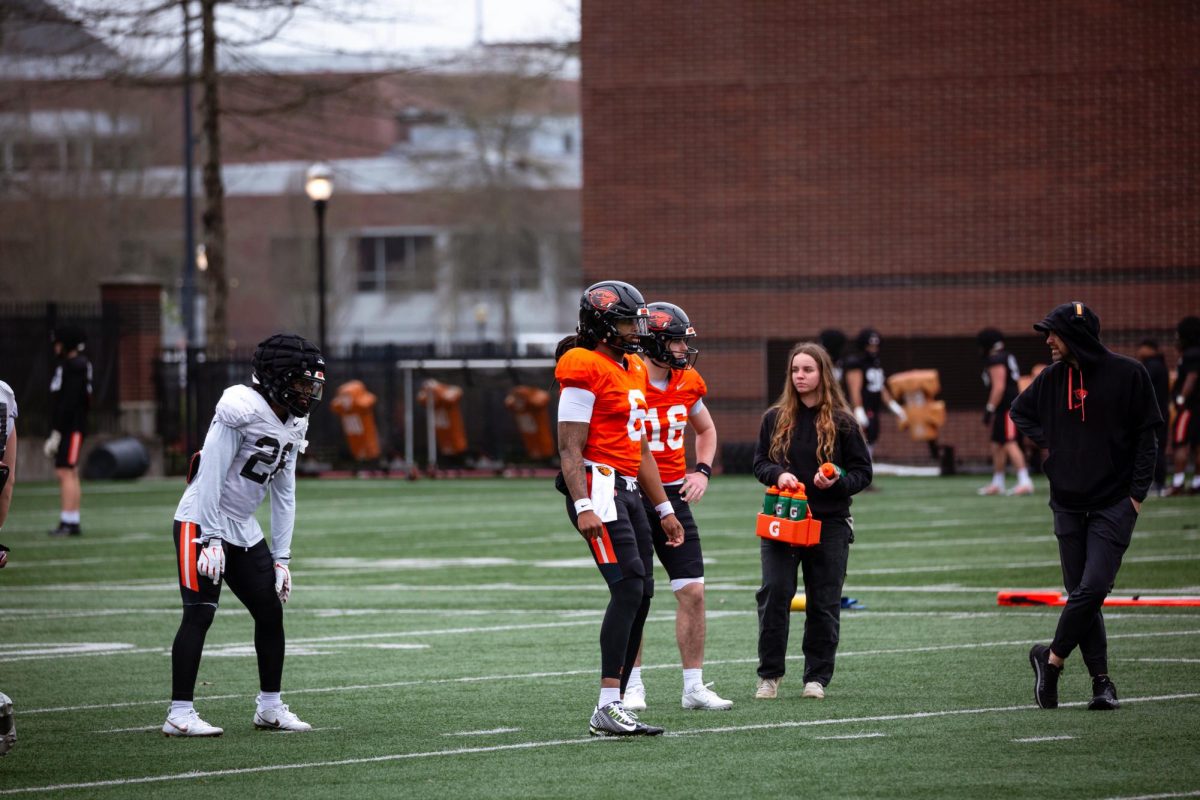






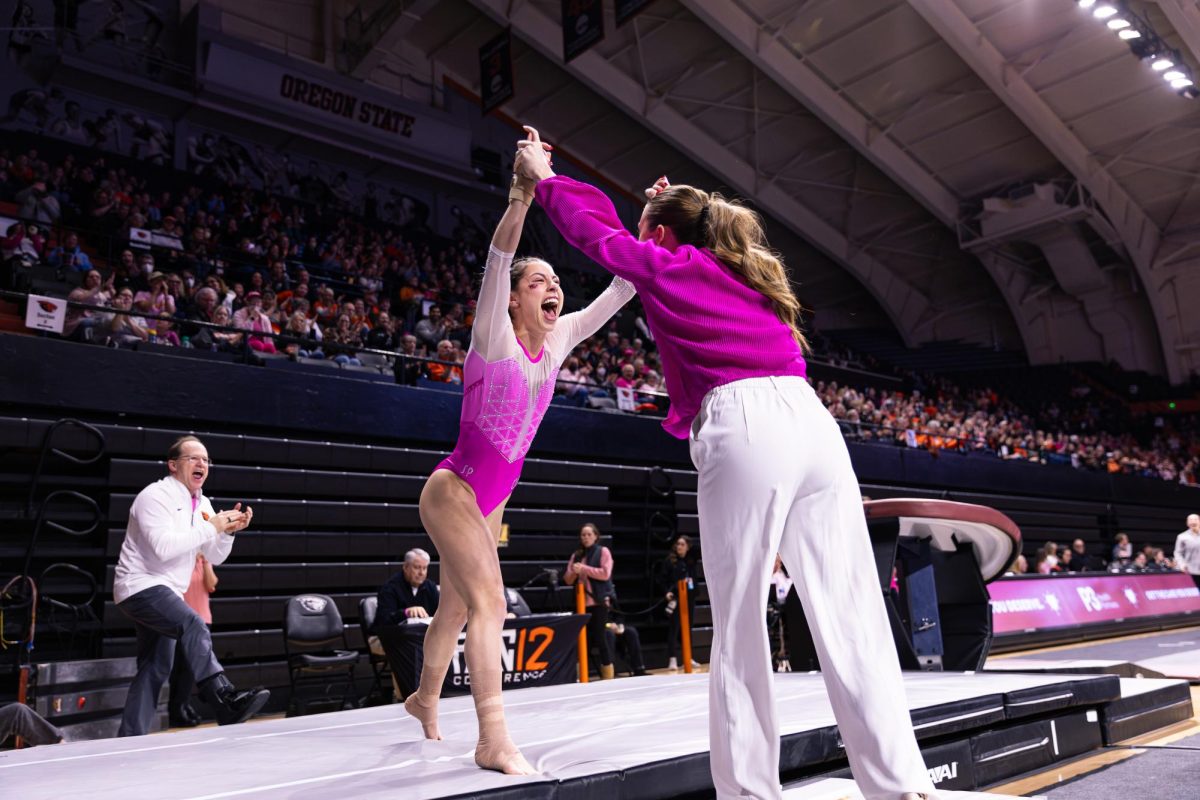
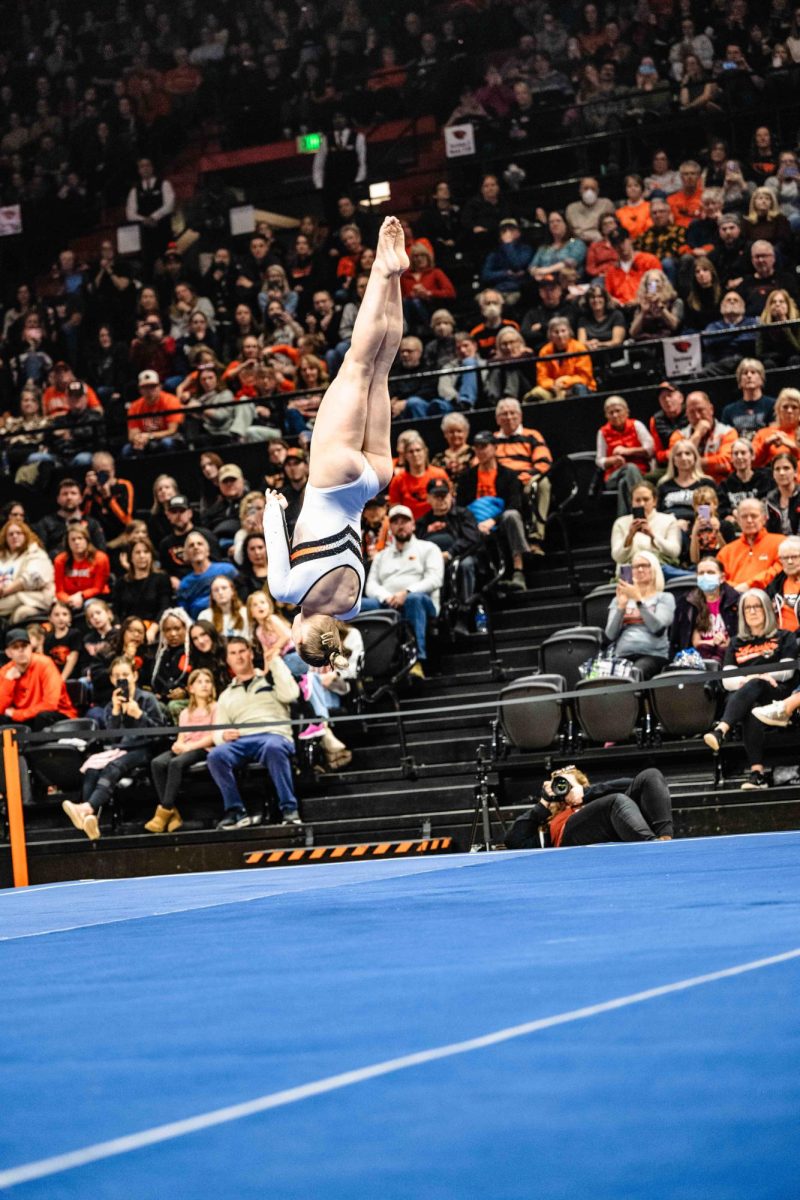









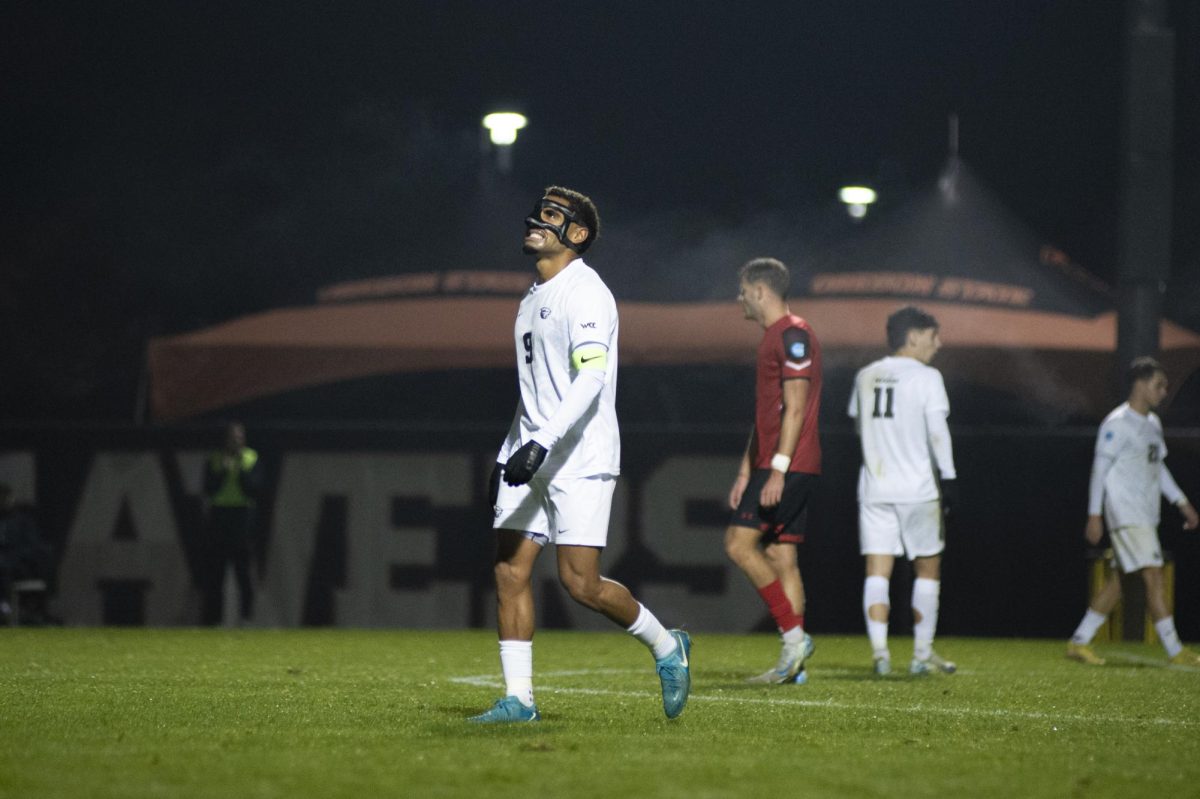
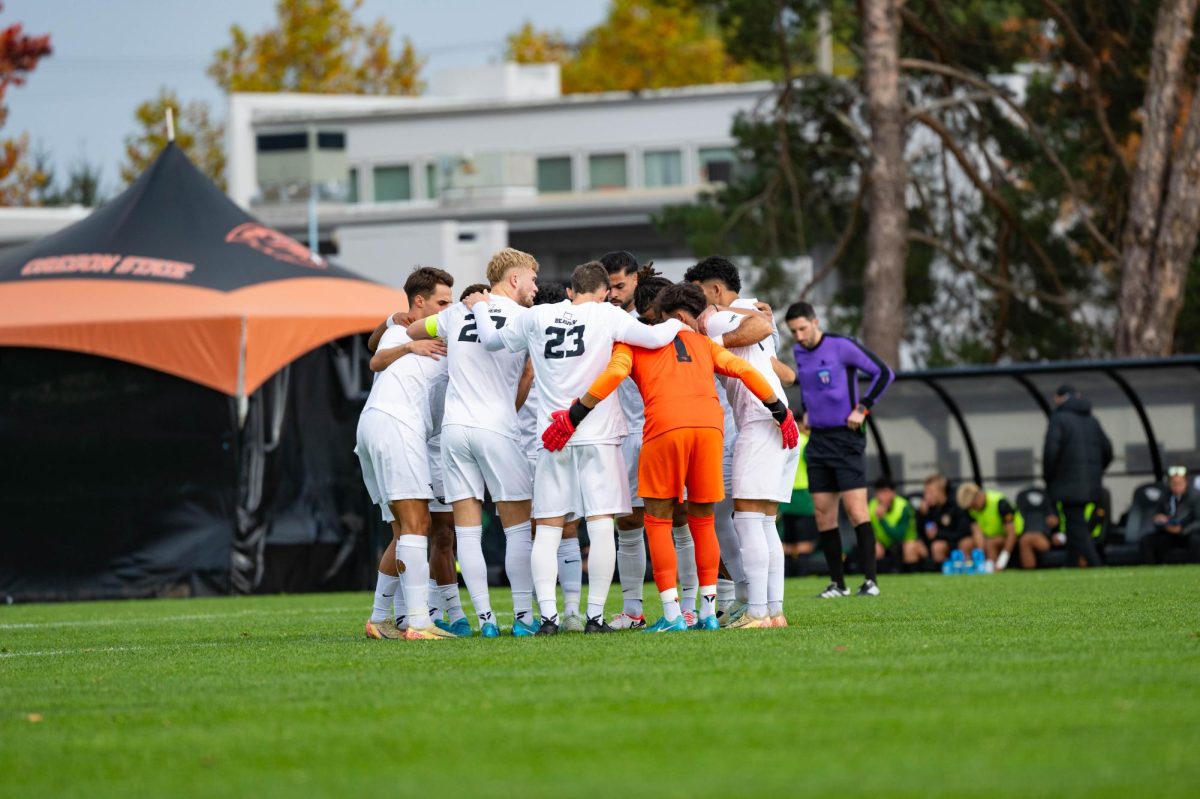
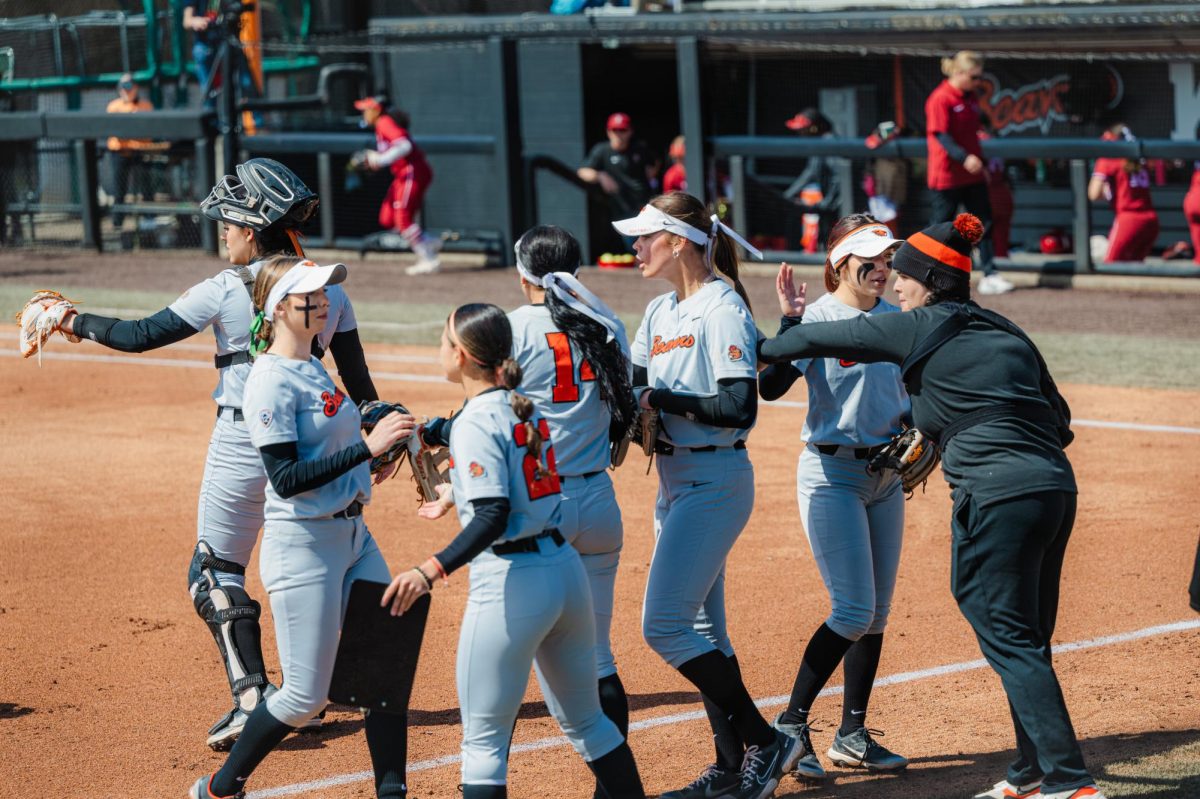
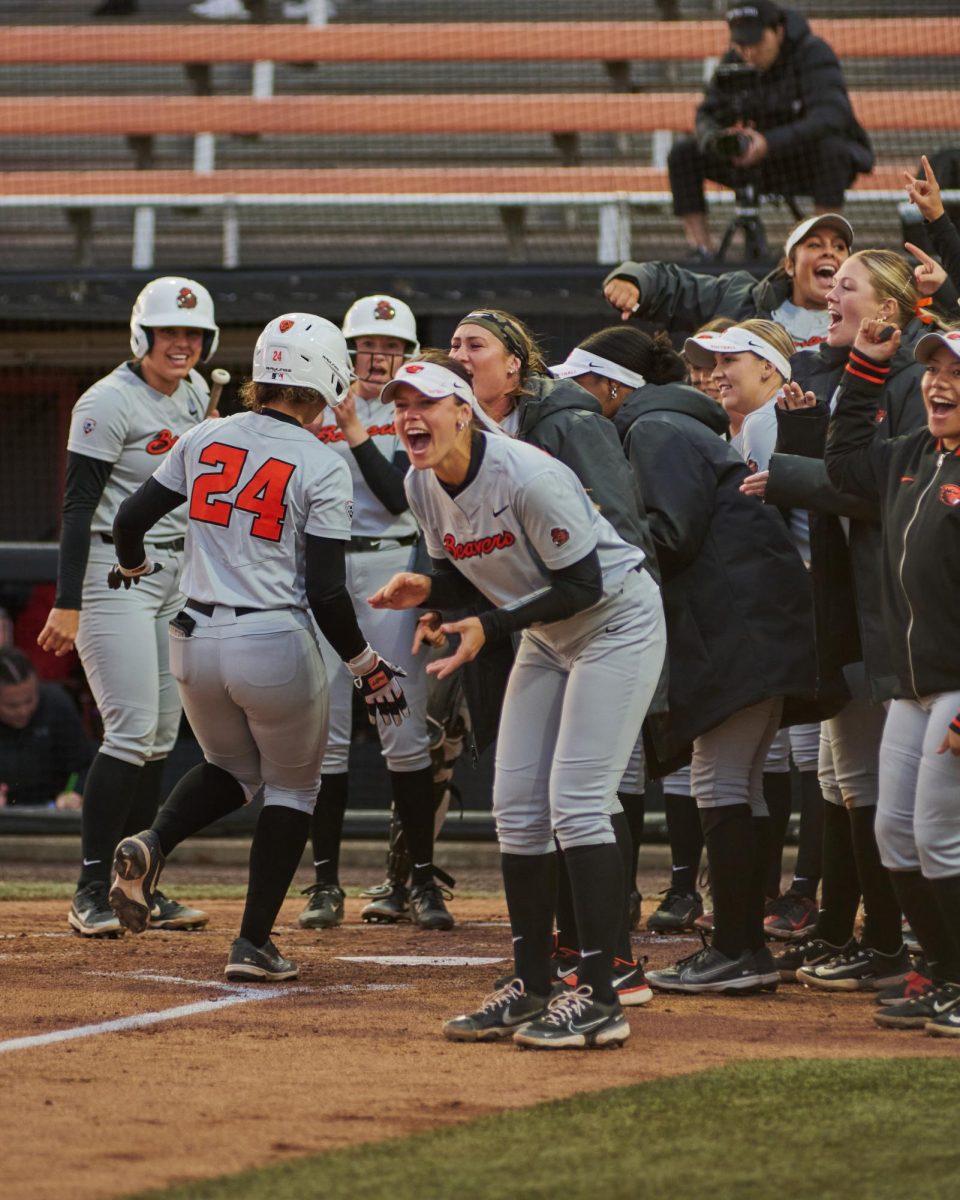
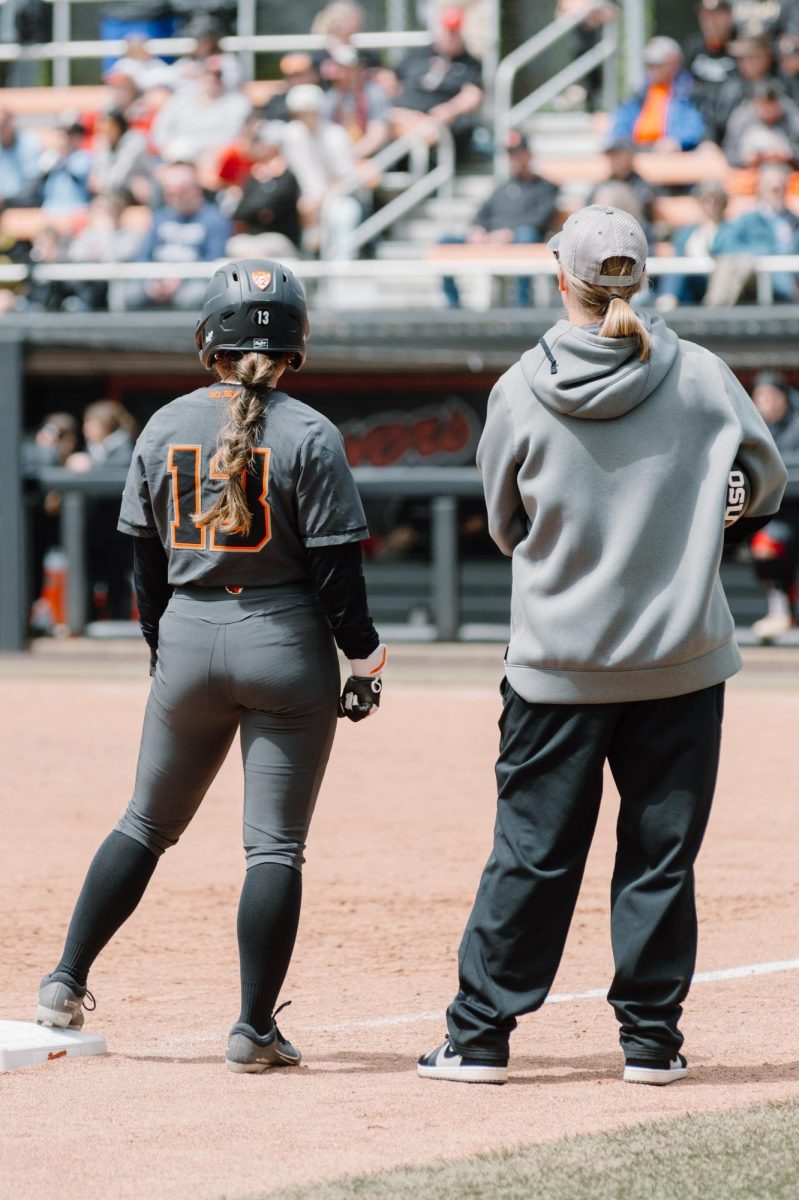


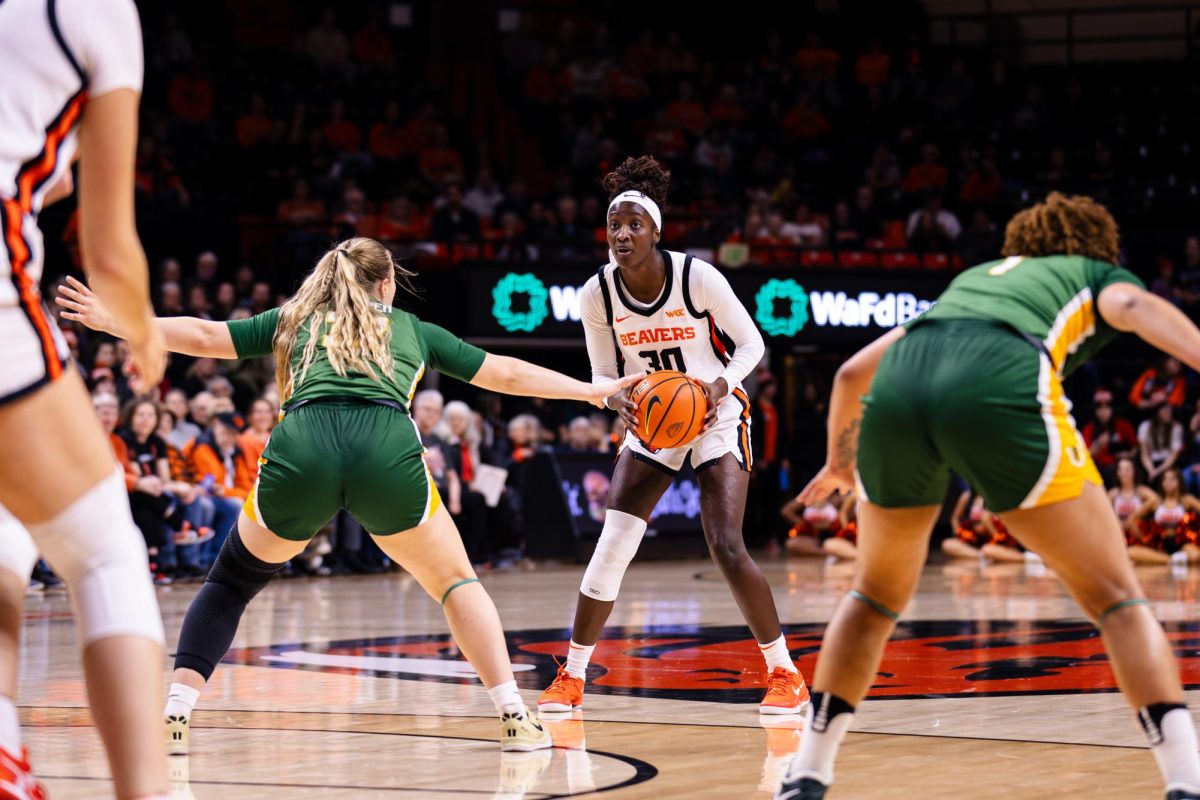
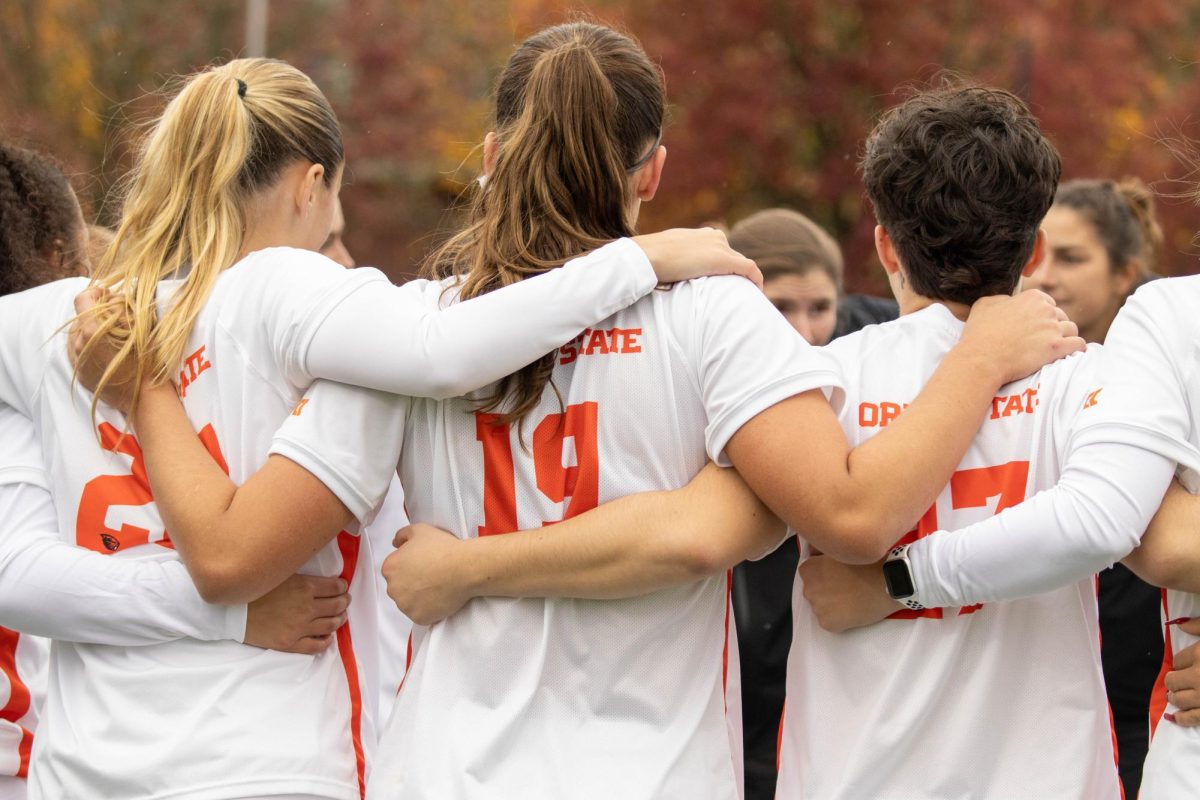
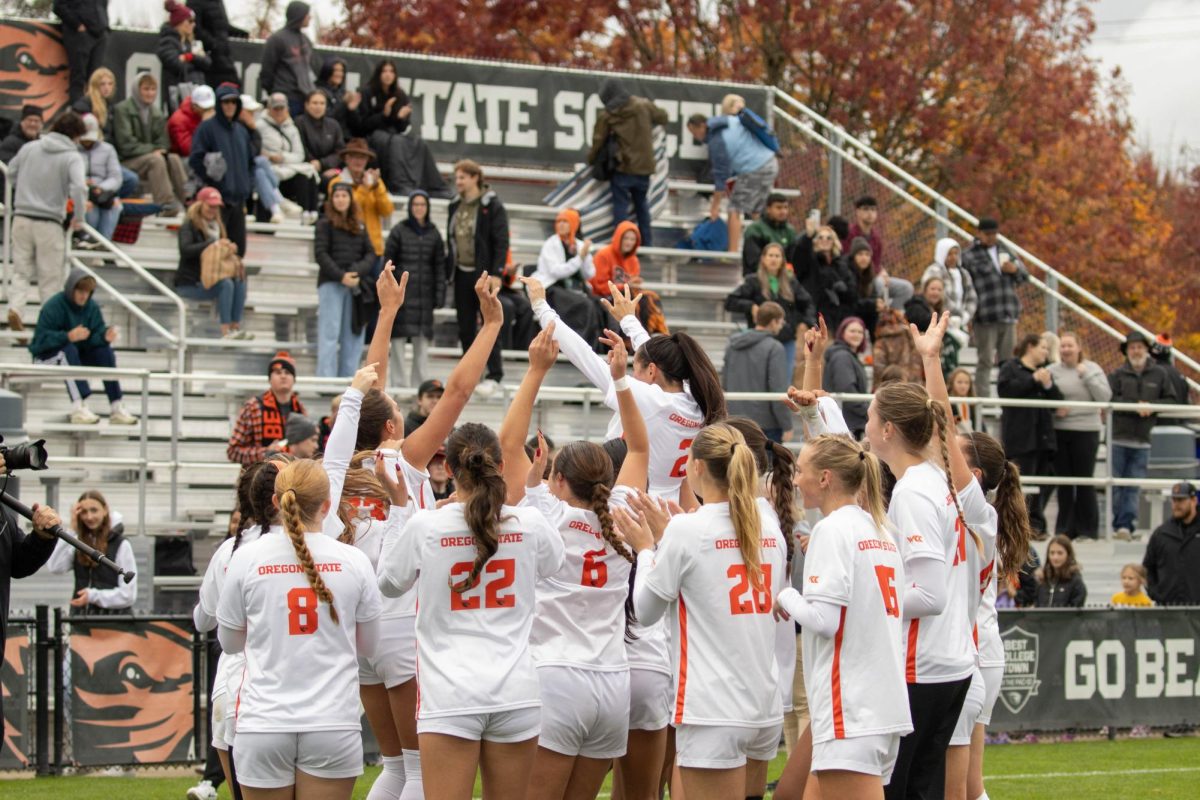
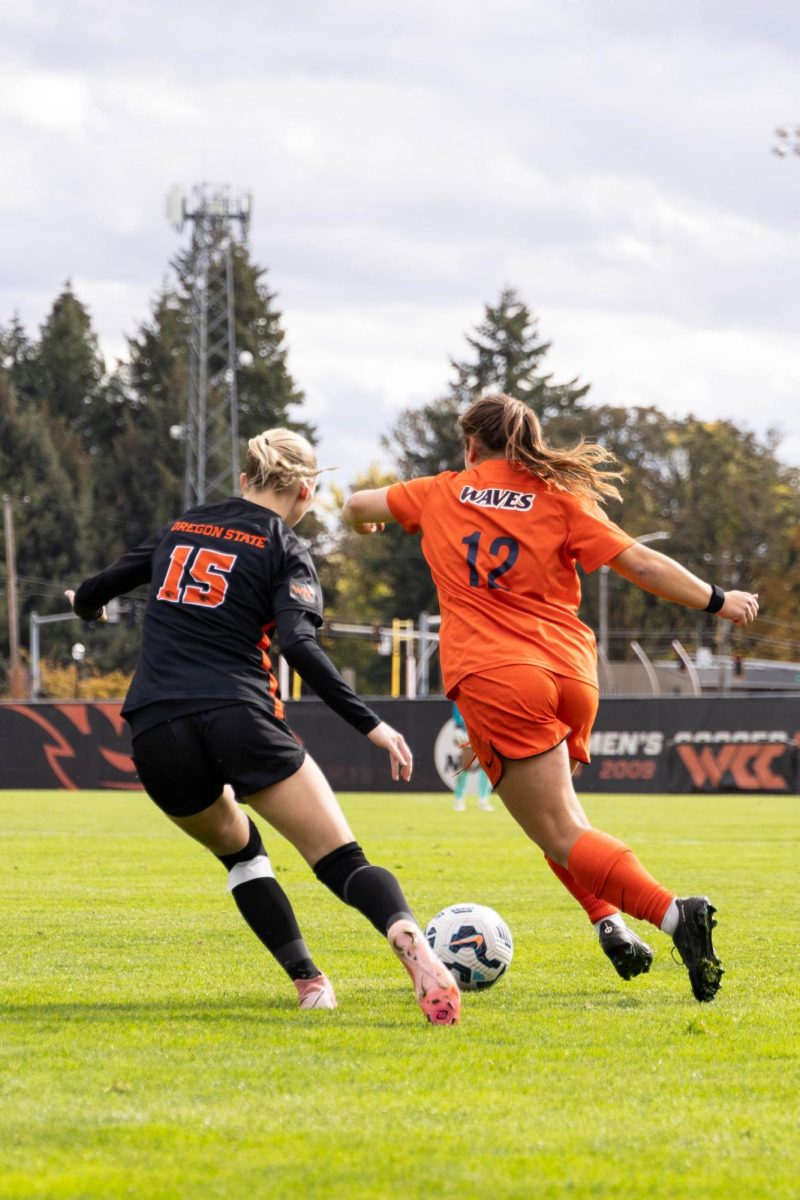
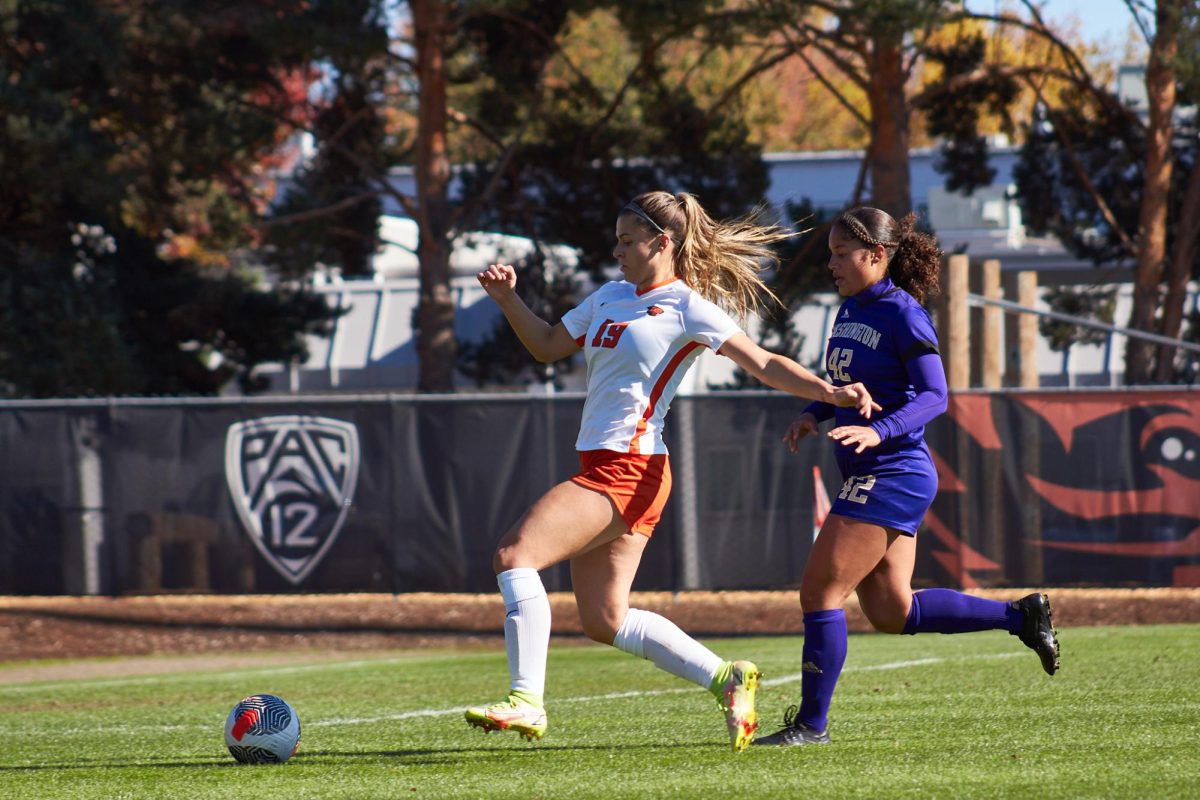
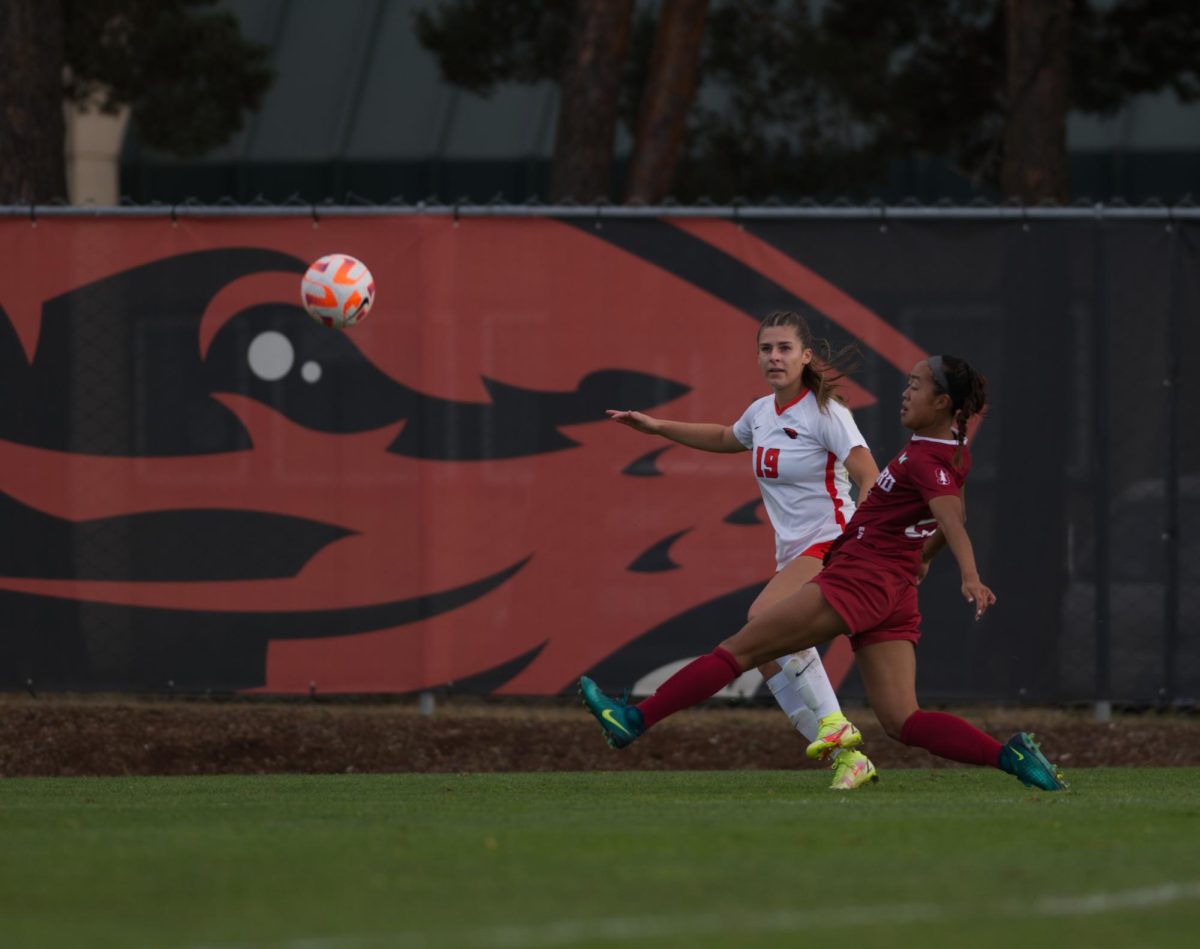






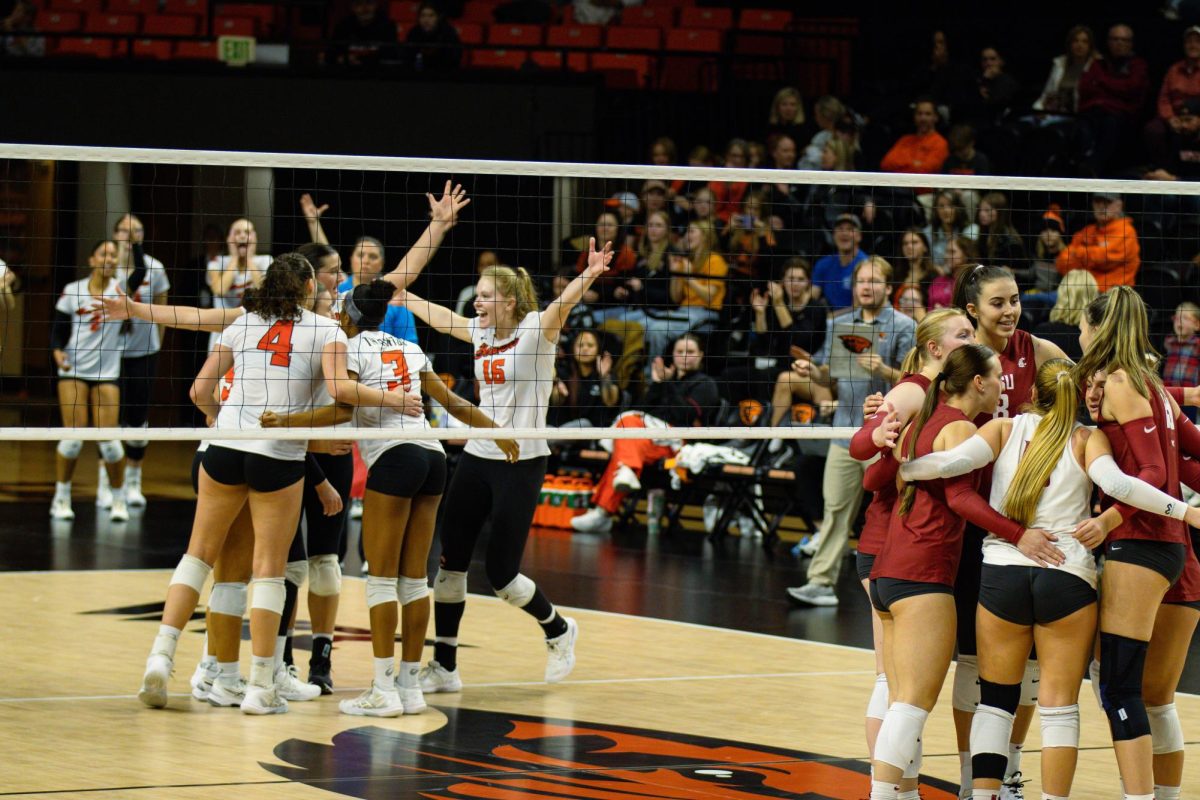
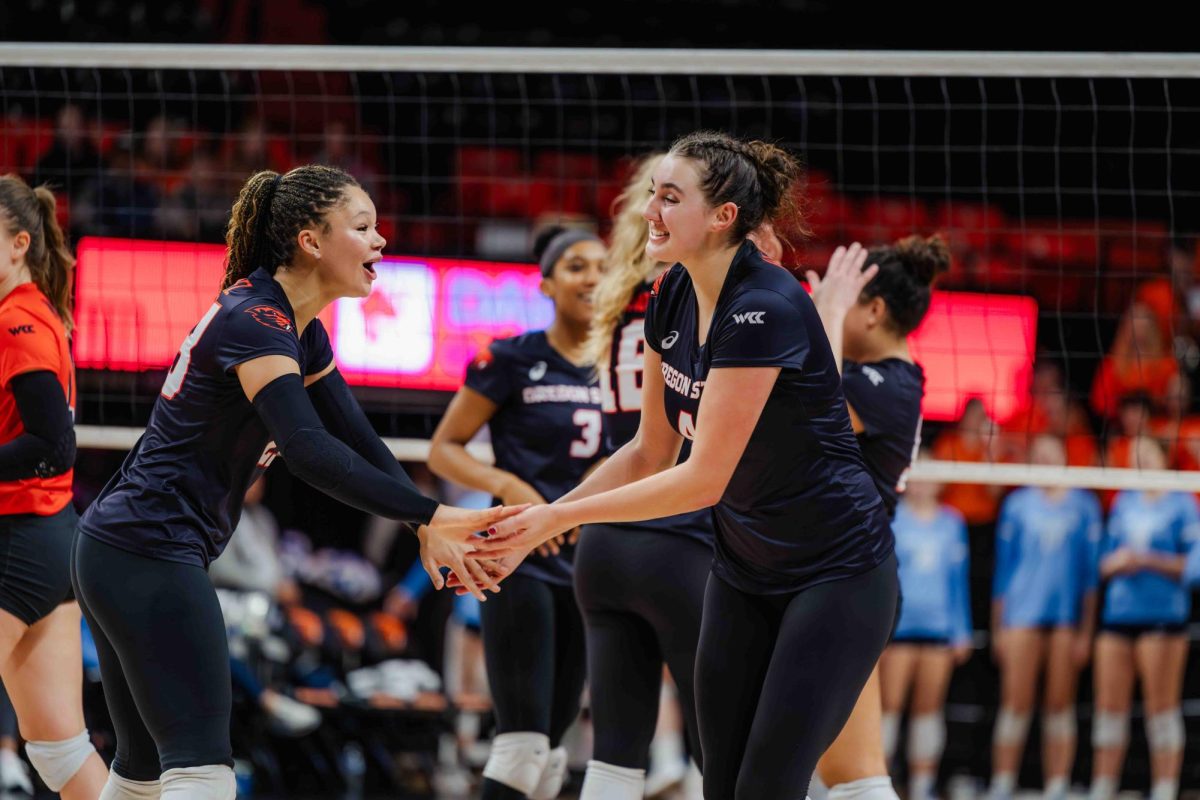

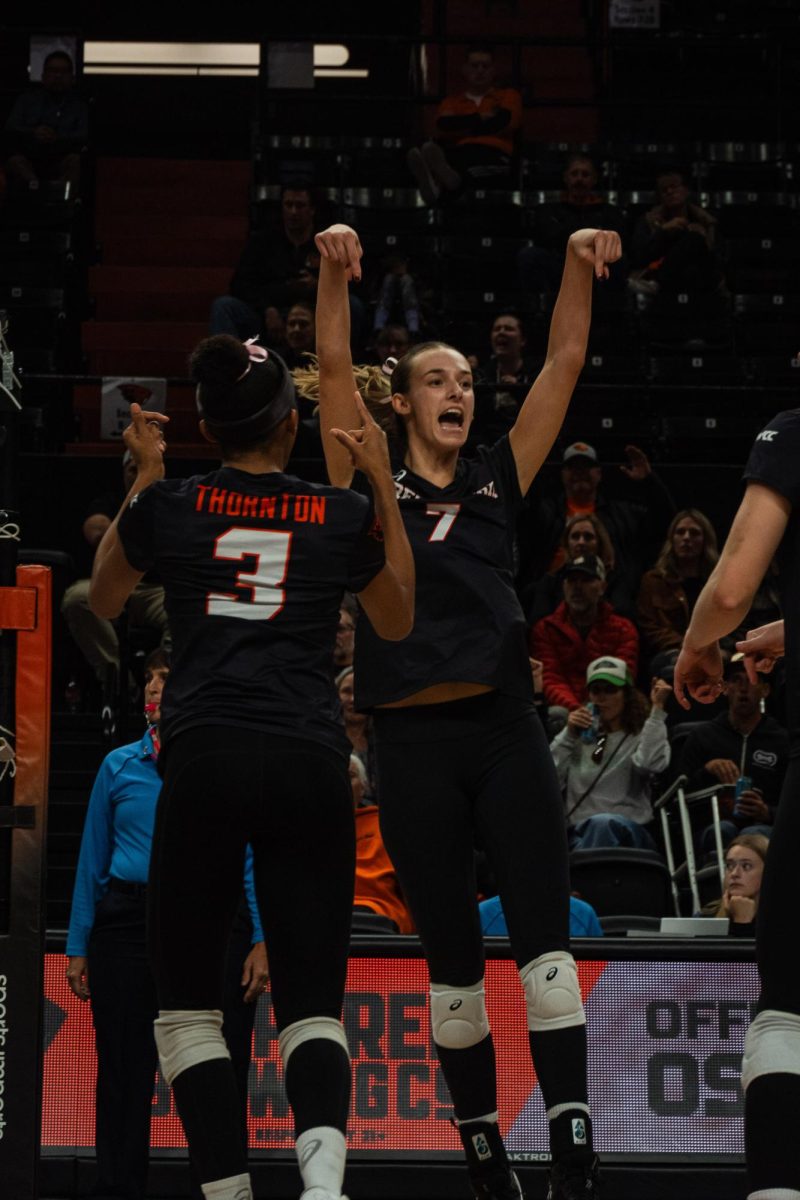
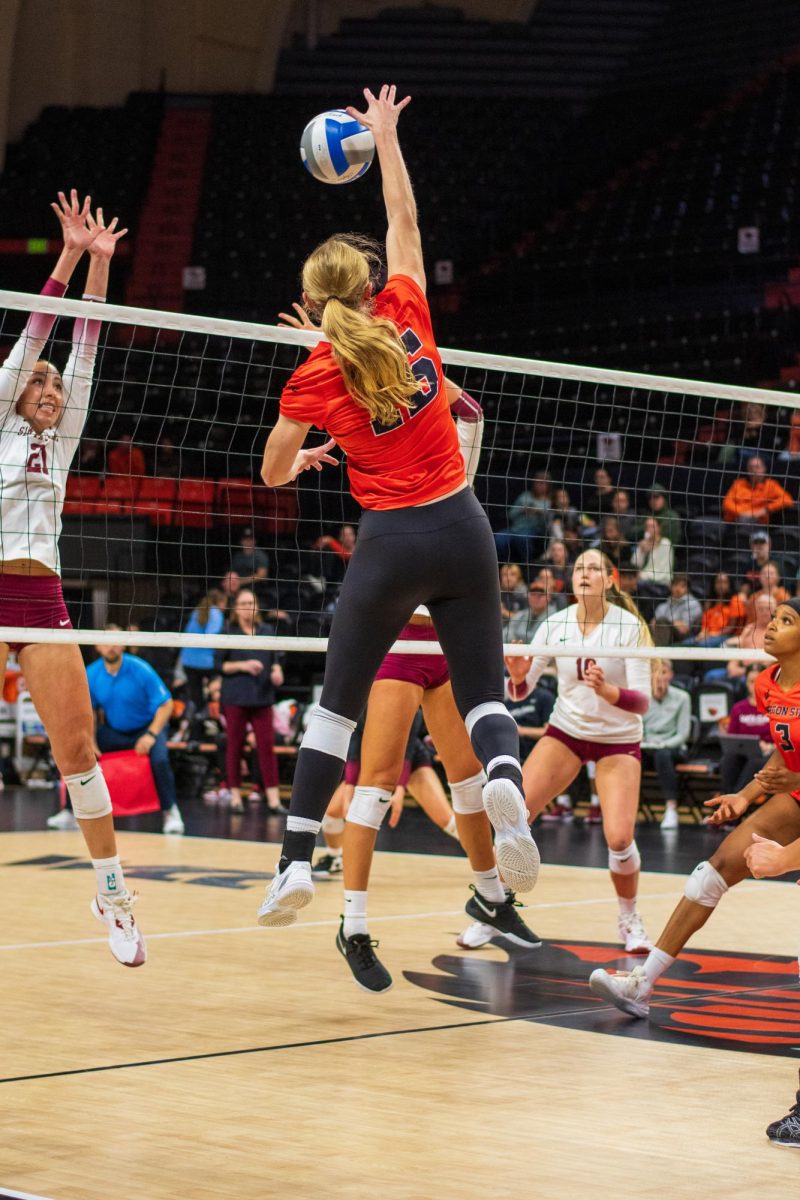
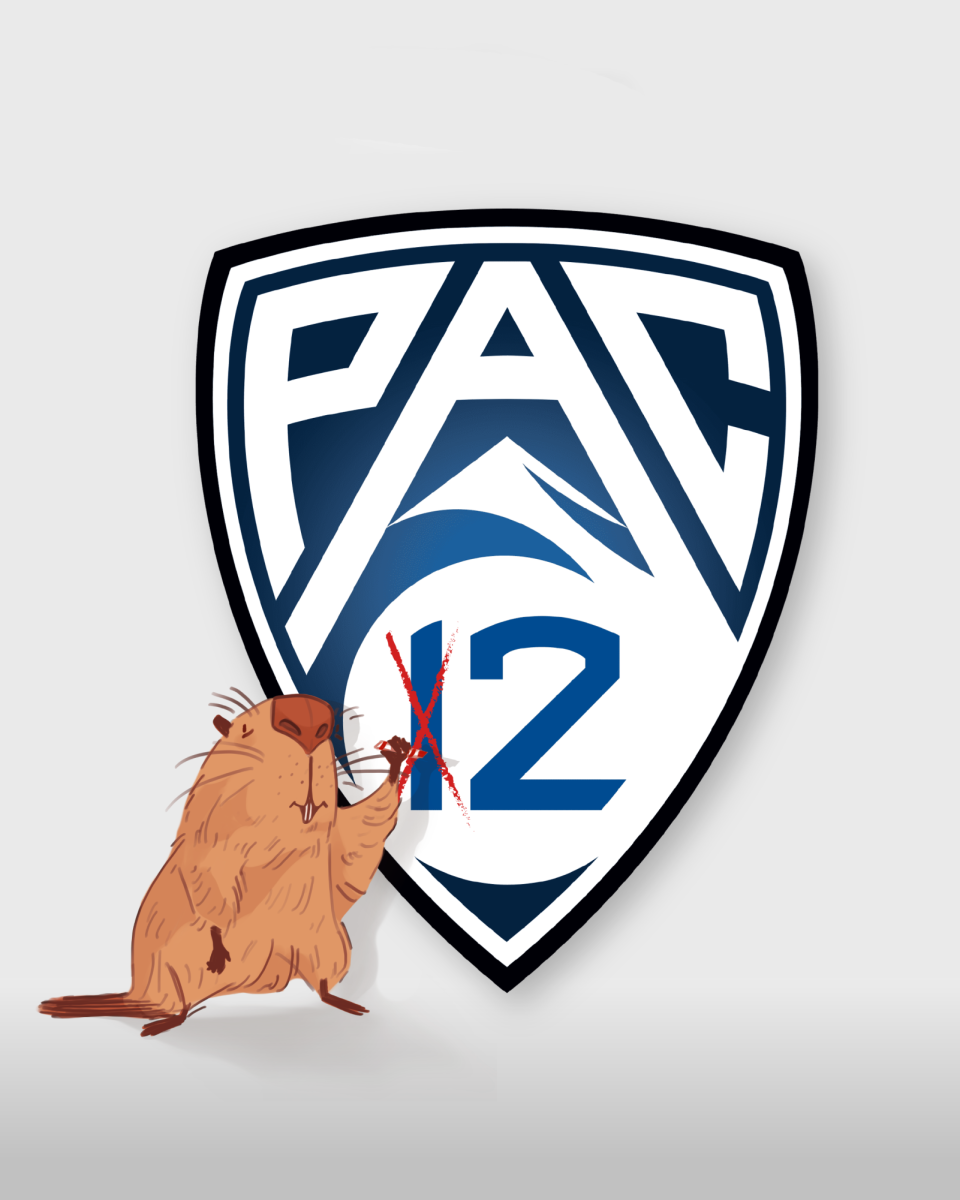
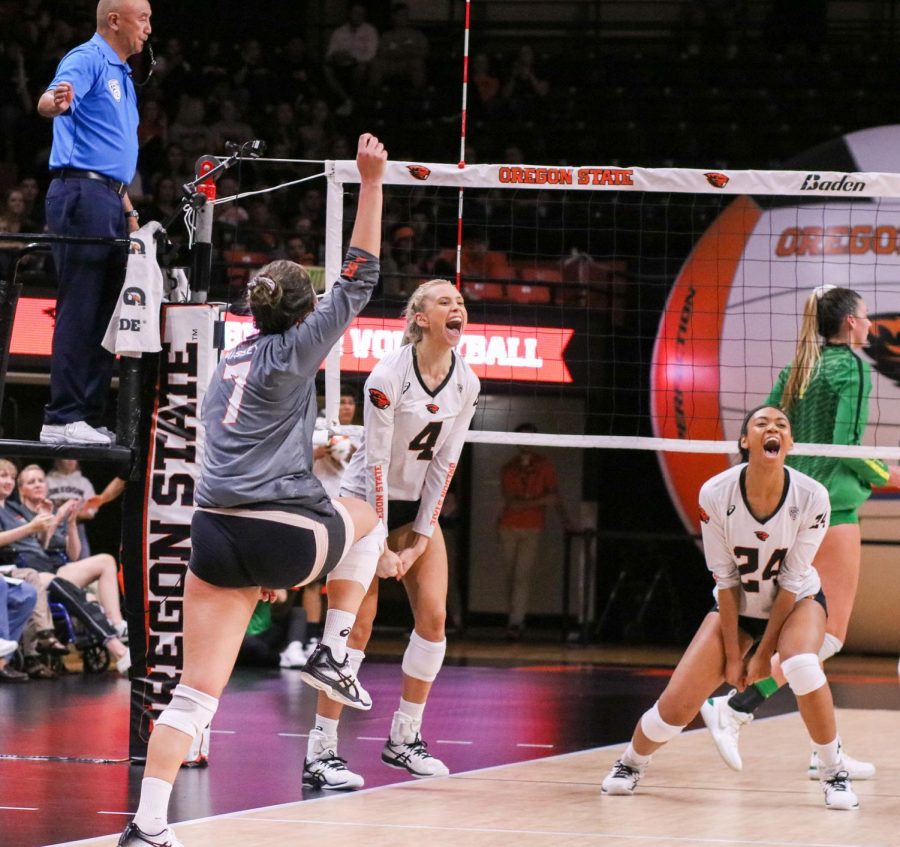

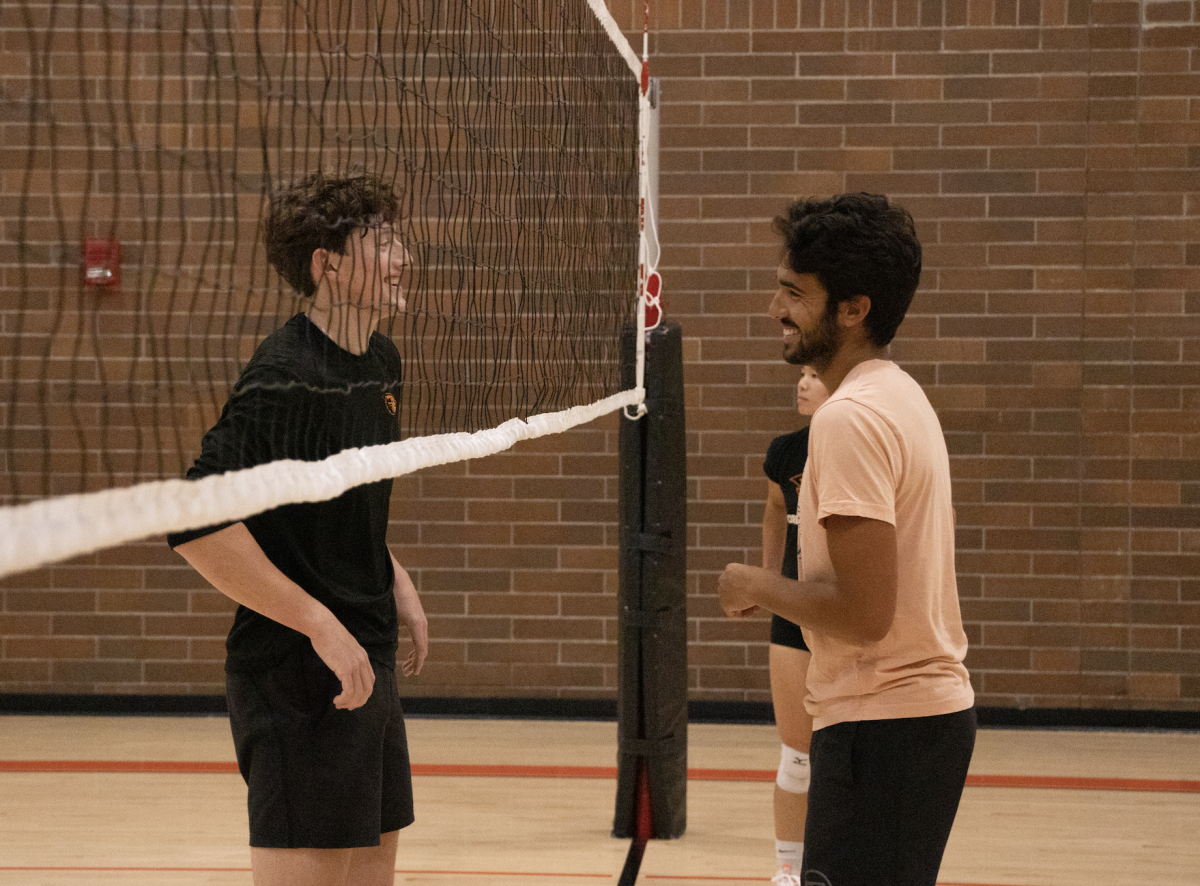




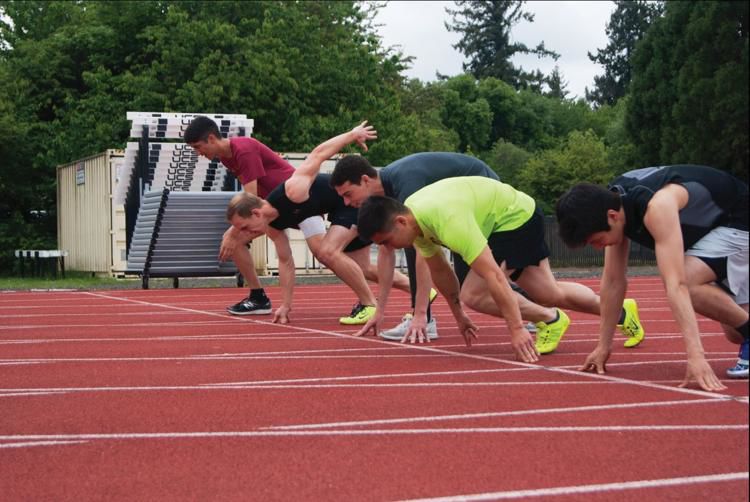

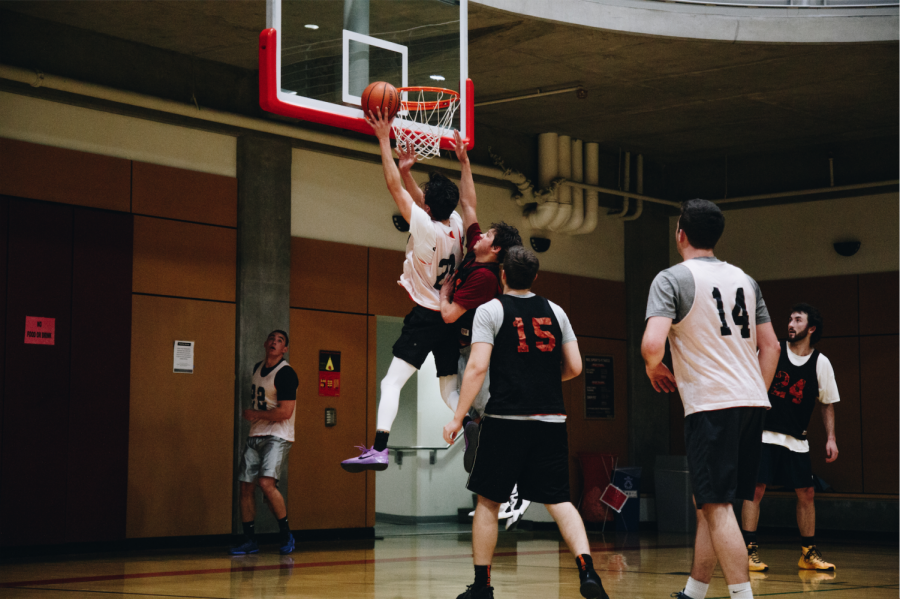

![Newspaper clipping from February 25, 1970 in the Daily Barometer showing an article written by Bob Allen, past Barometer Editor. This article was written to spotlight both the student body’s lack of participation with student government at the time in conjunction with their class representatives response. [It’s important to note ASOSU was not structured identically to today’s standards, likely having a president on behalf of each class work together as one entity as opposed to one president representing all classes.]](https://dailybaro.orangemedianetwork.com/wp-content/uploads/2025/03/Screenshot-2025-03-12-1.00.42-PM-e1741811160853.png)


